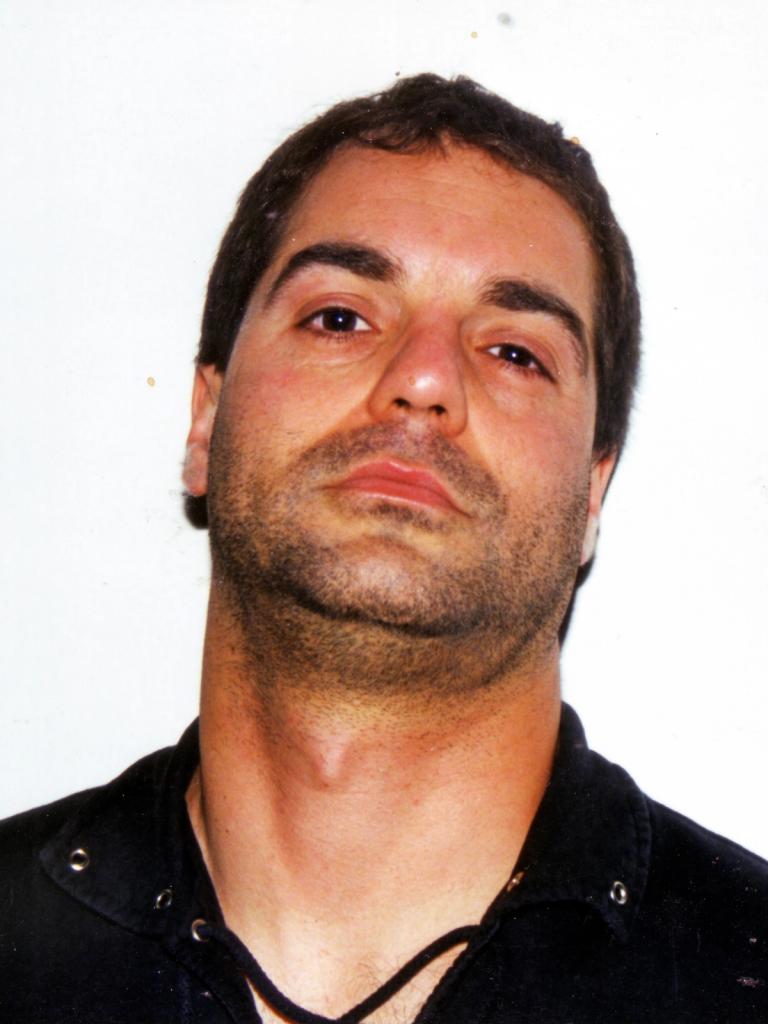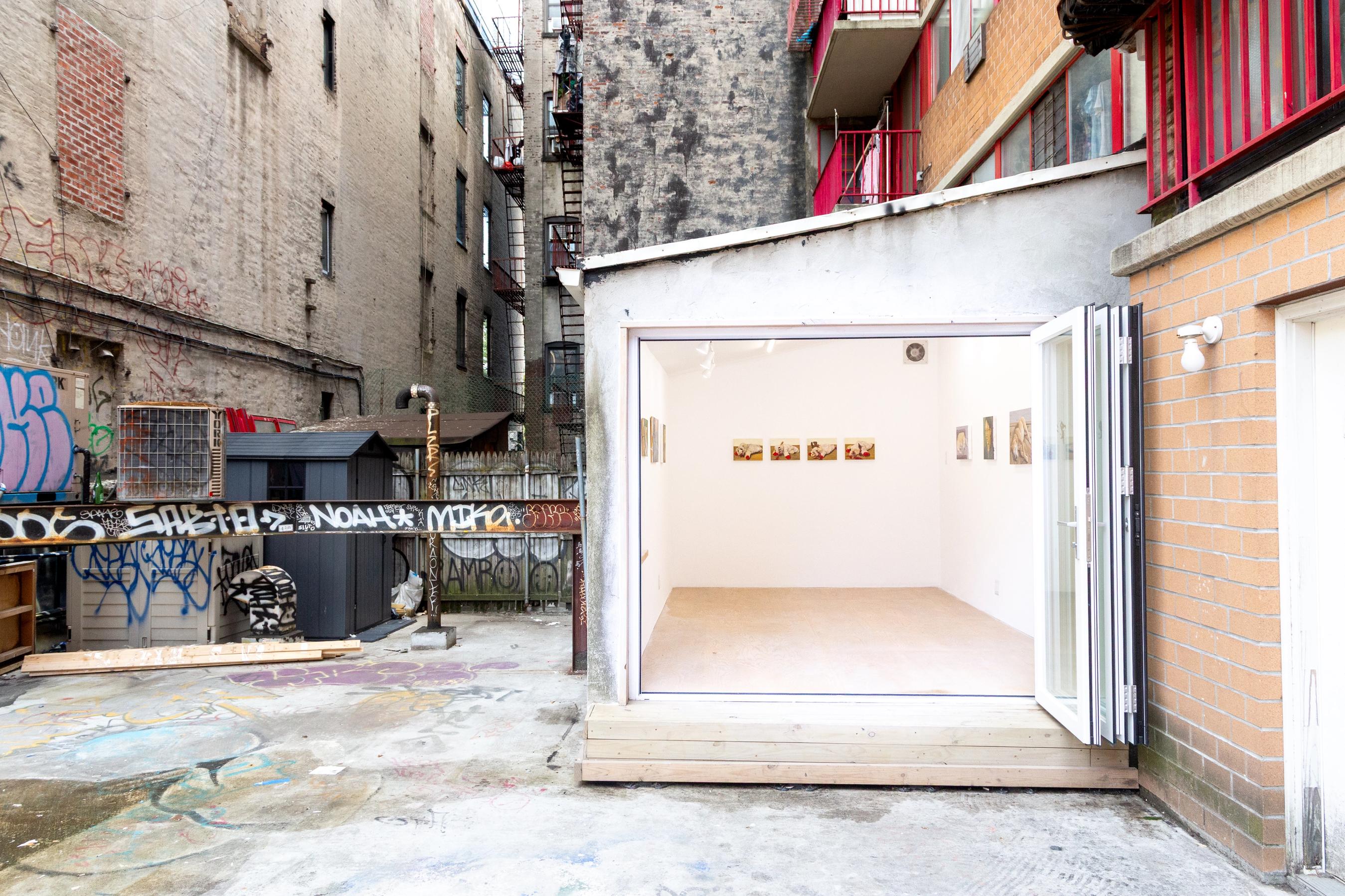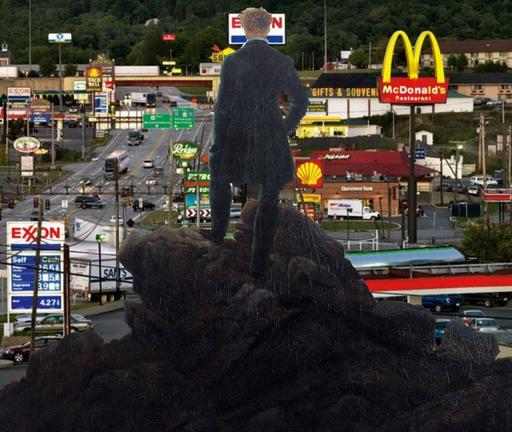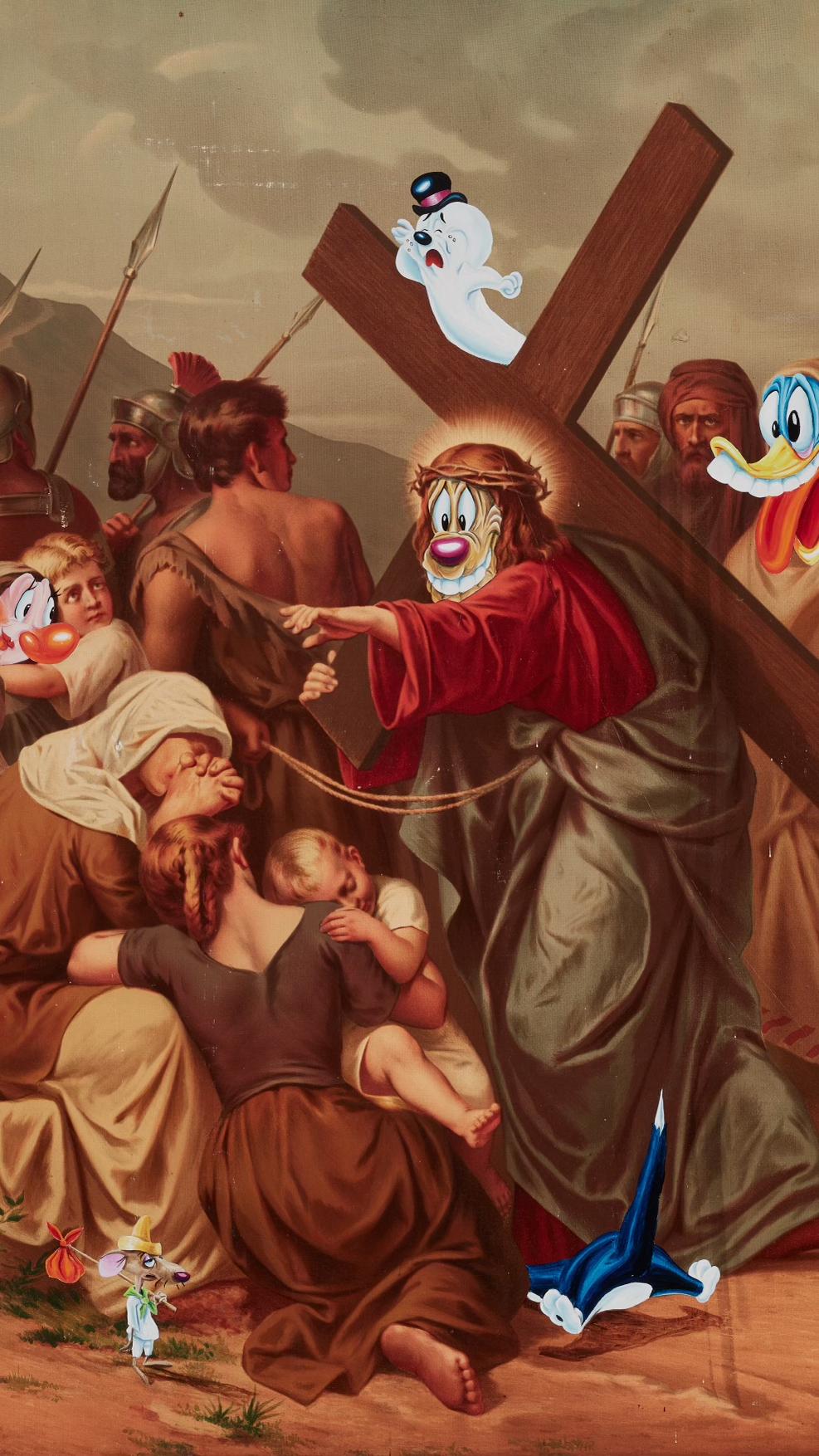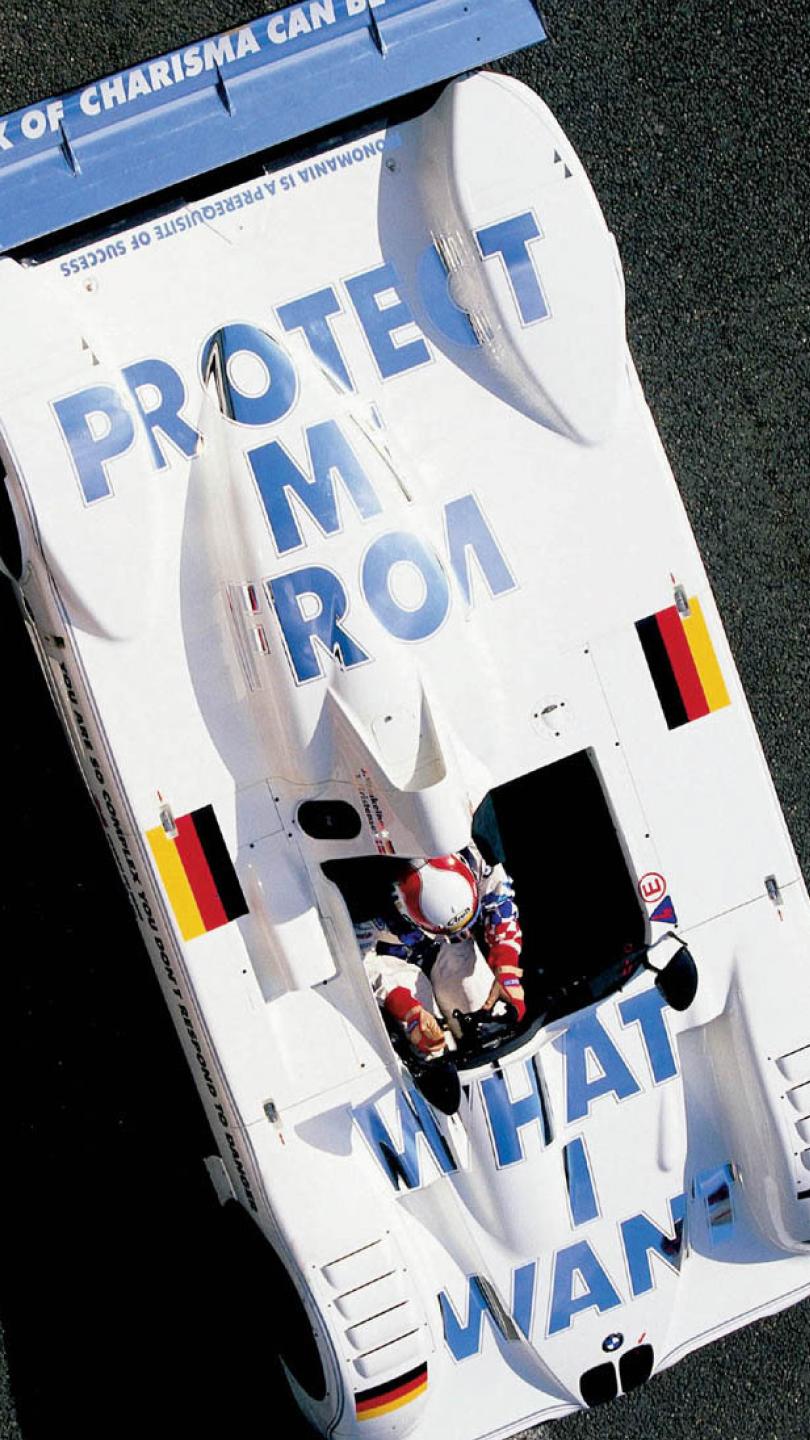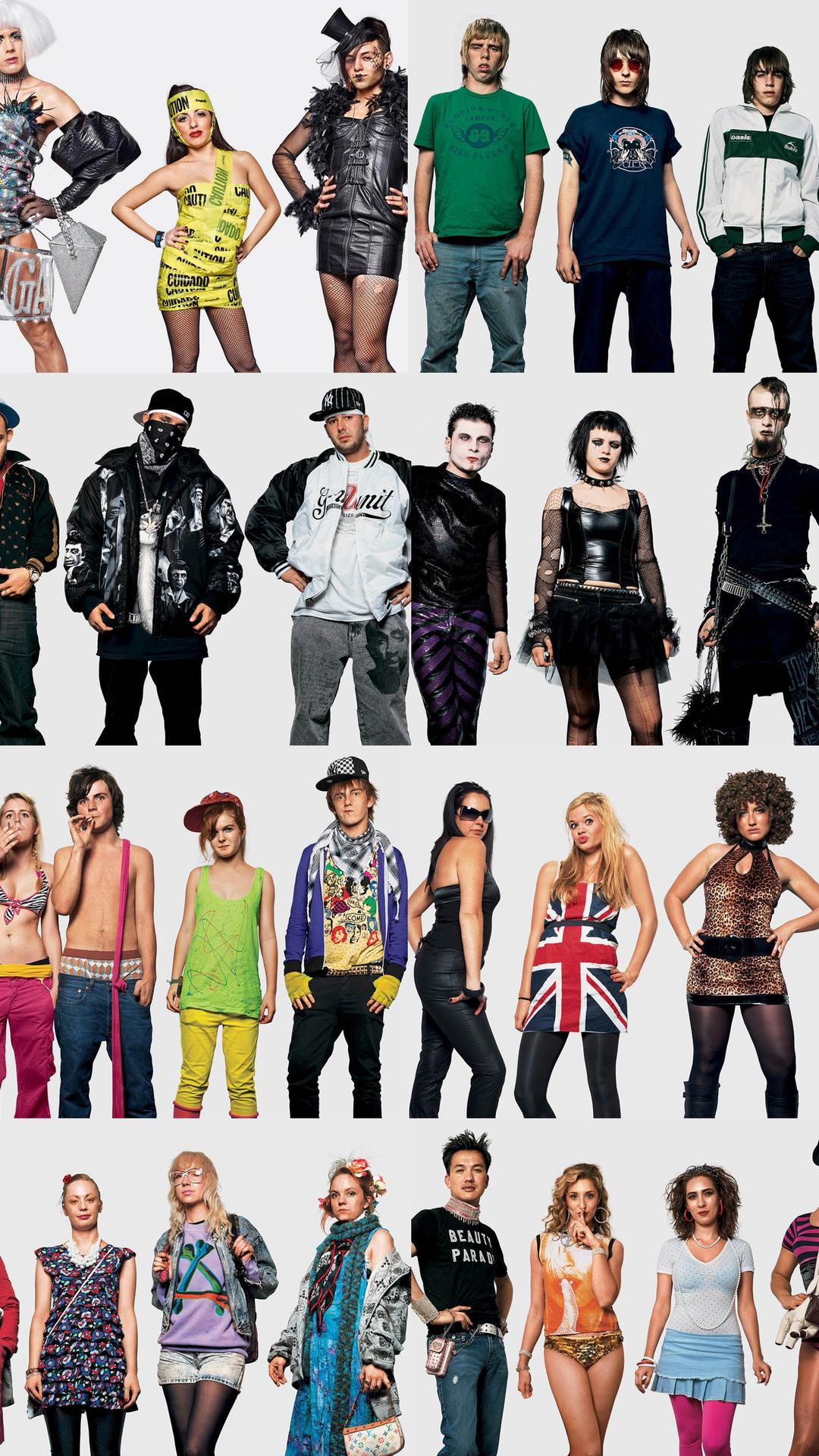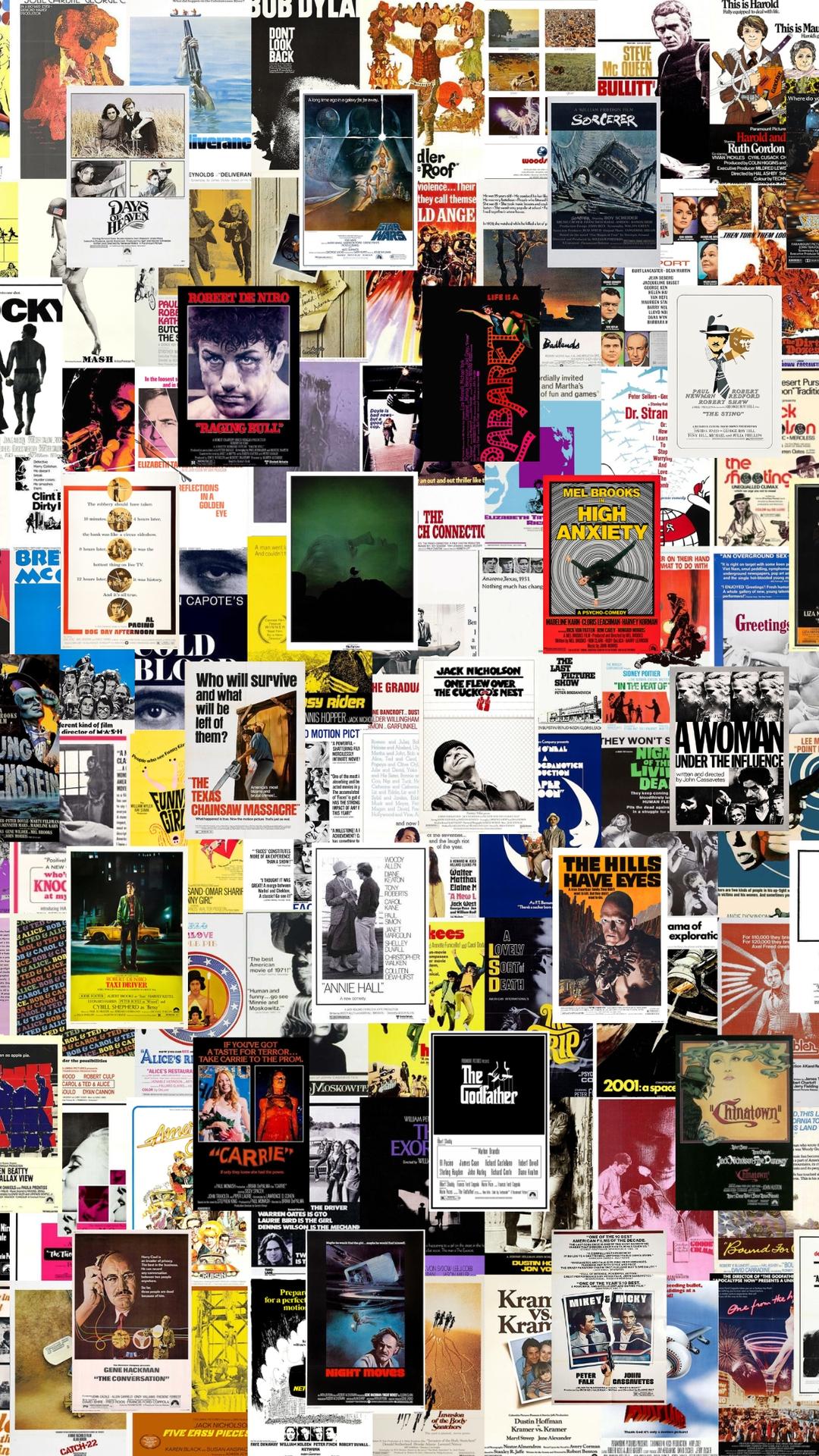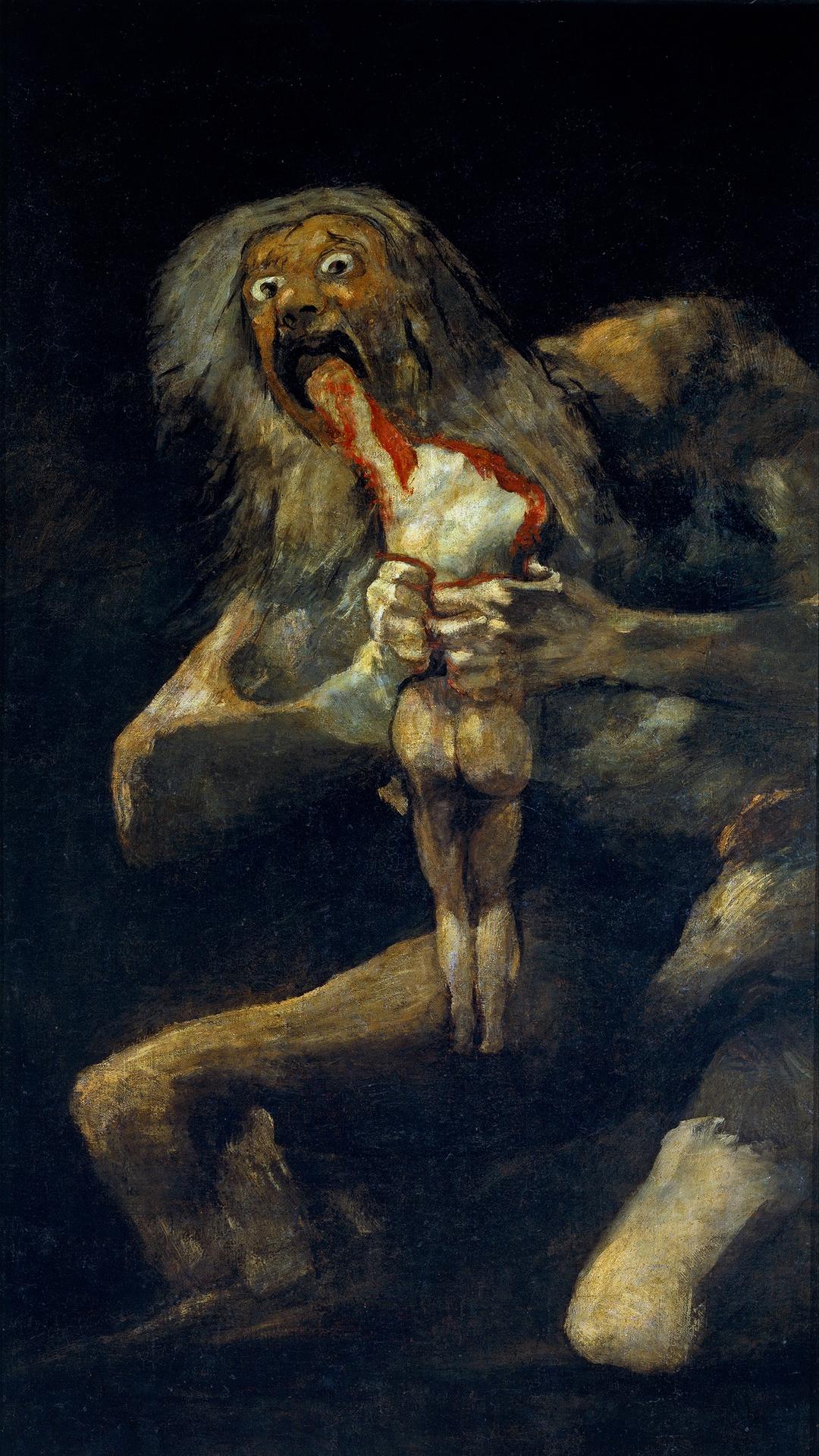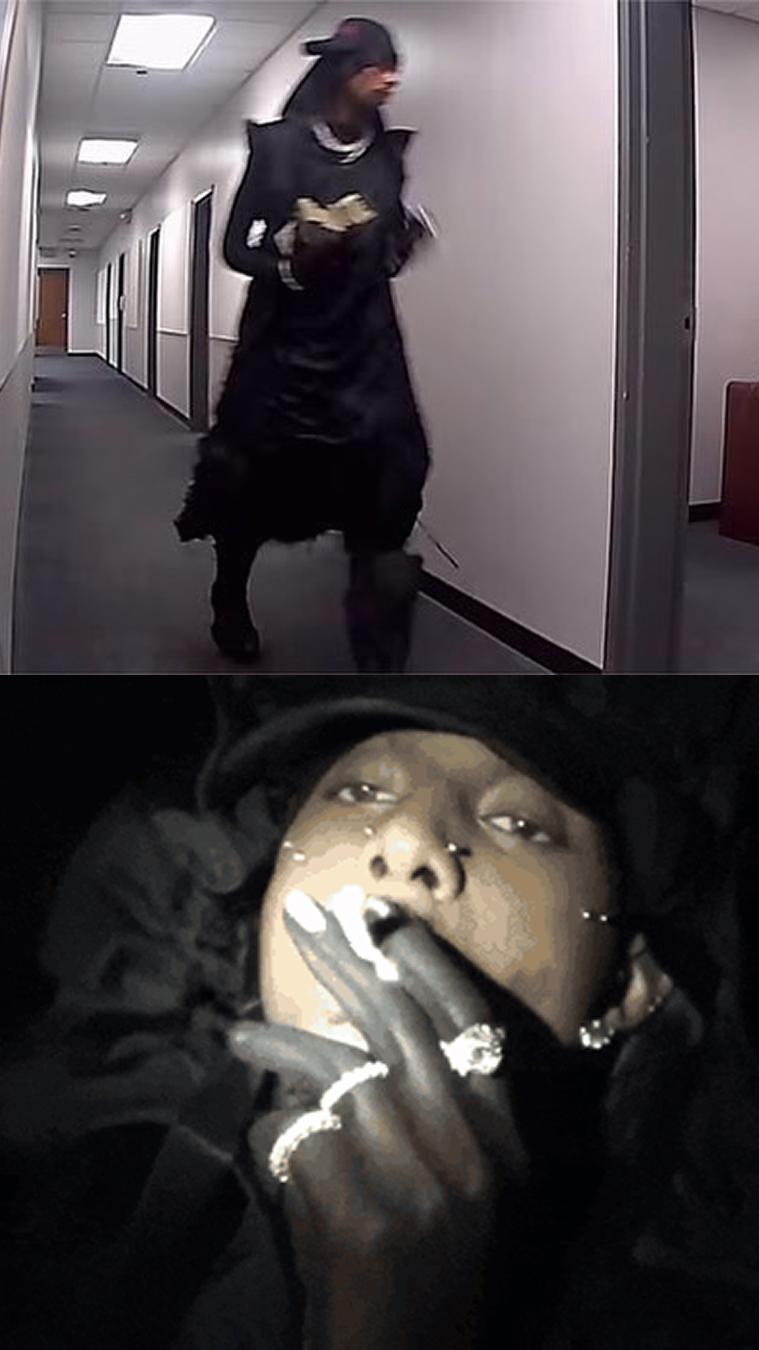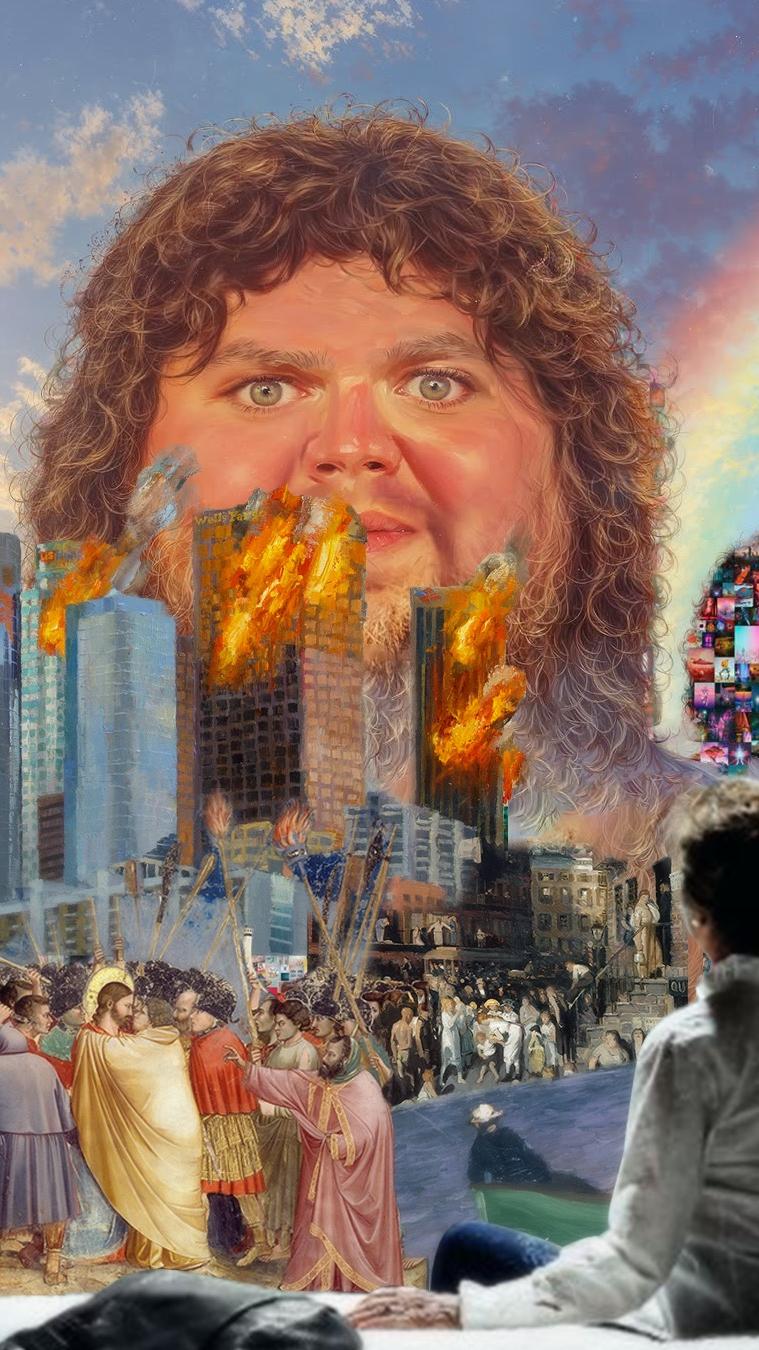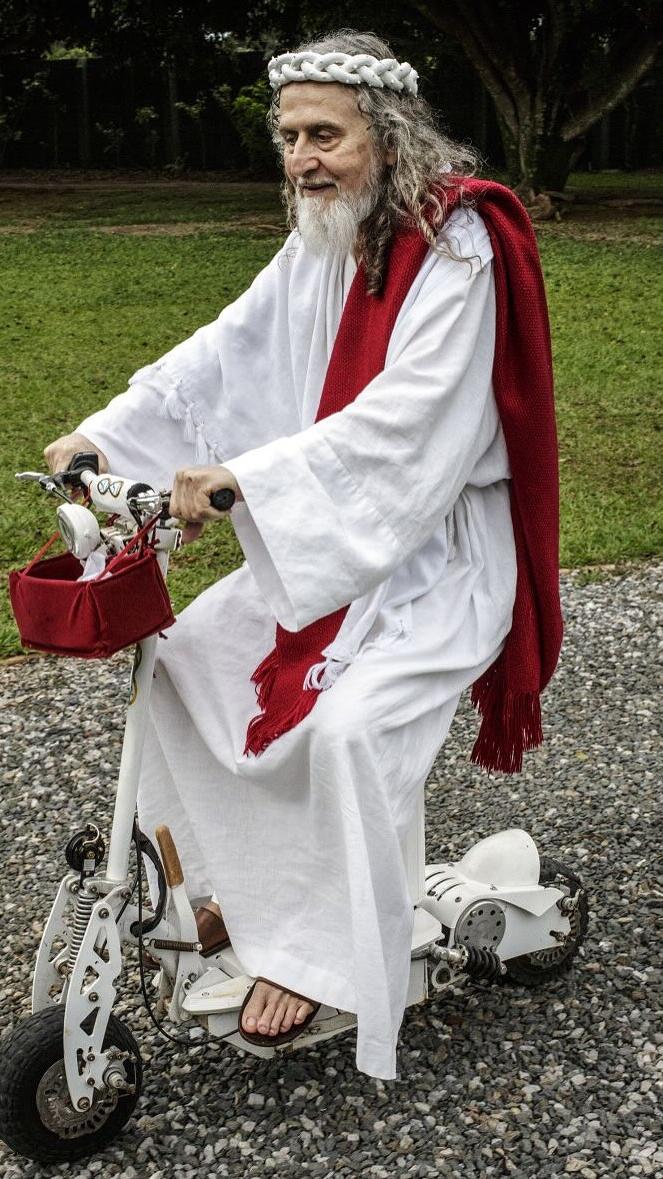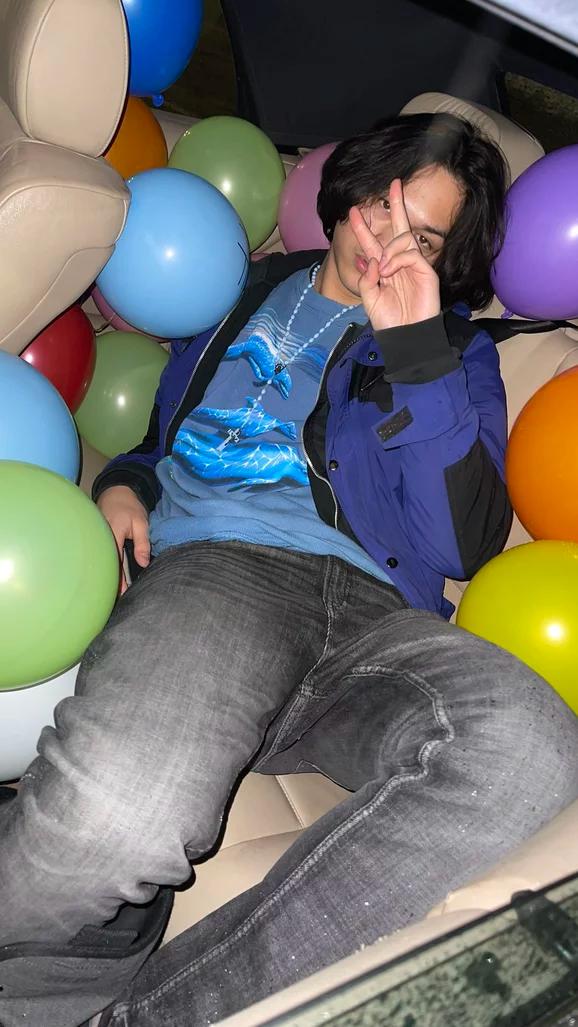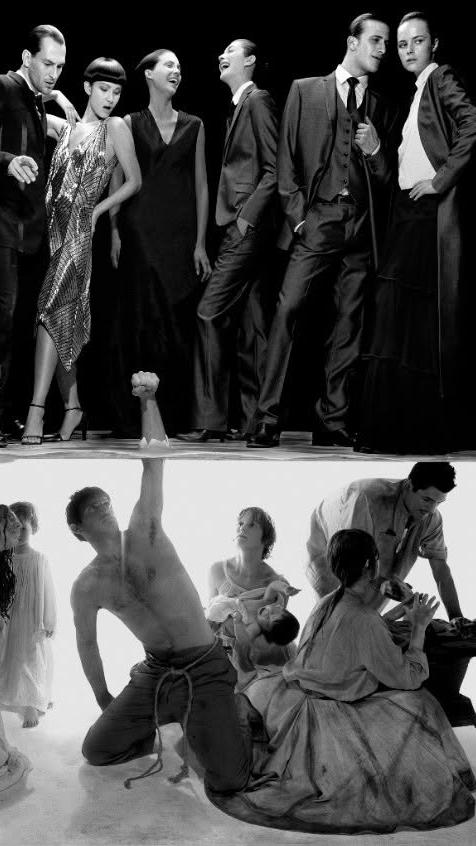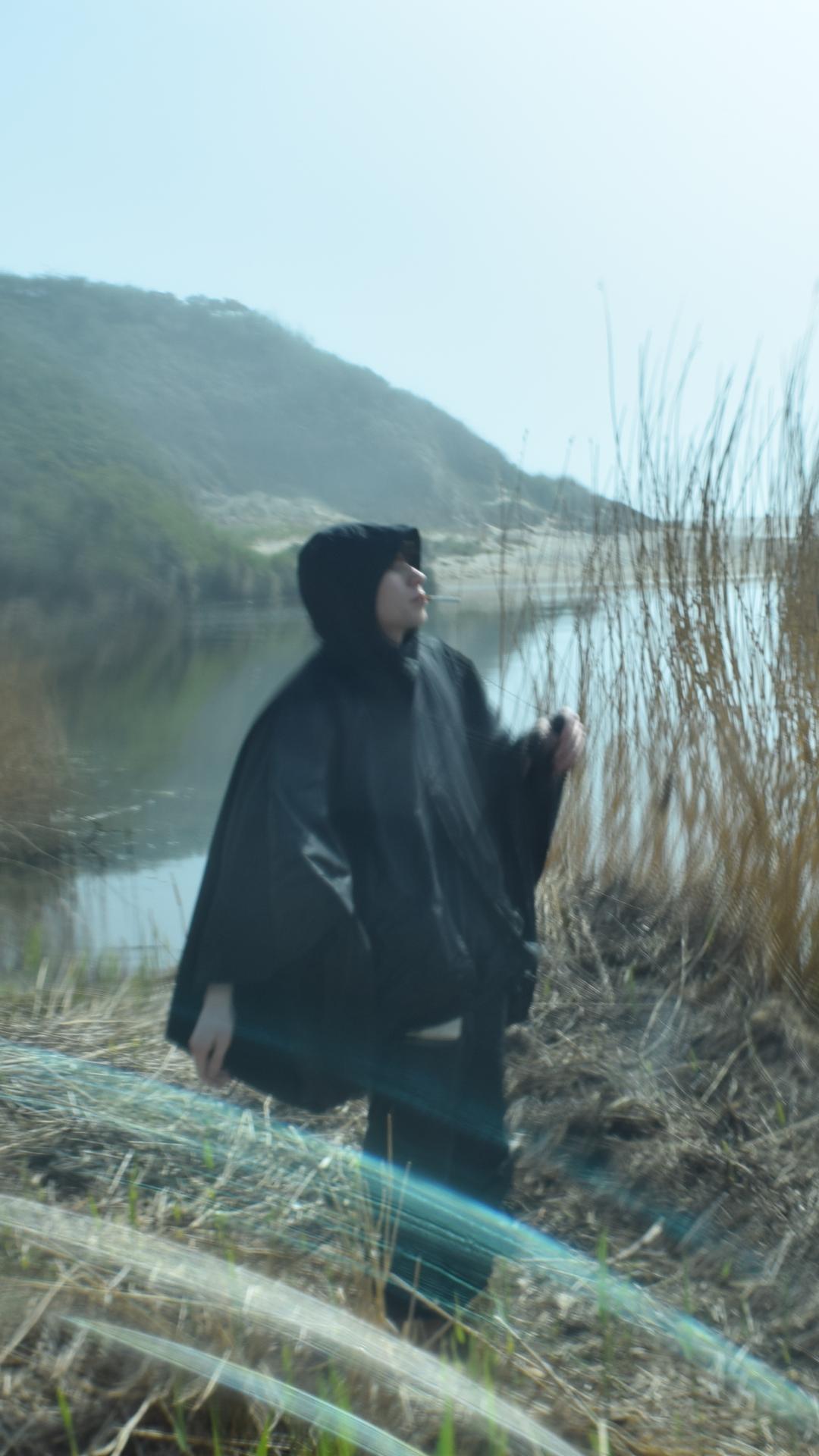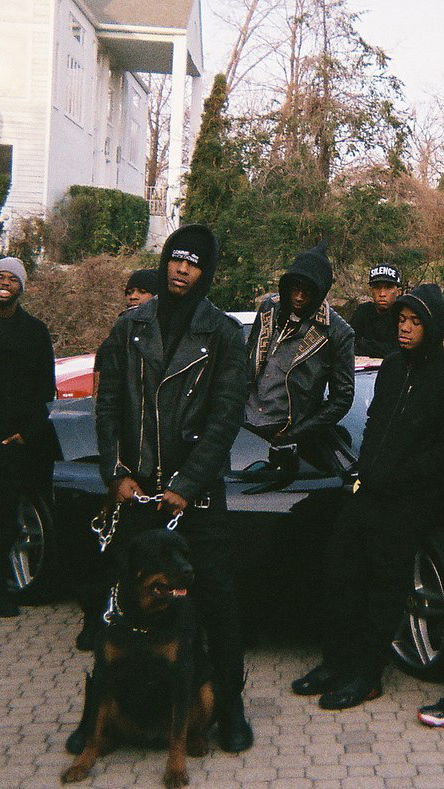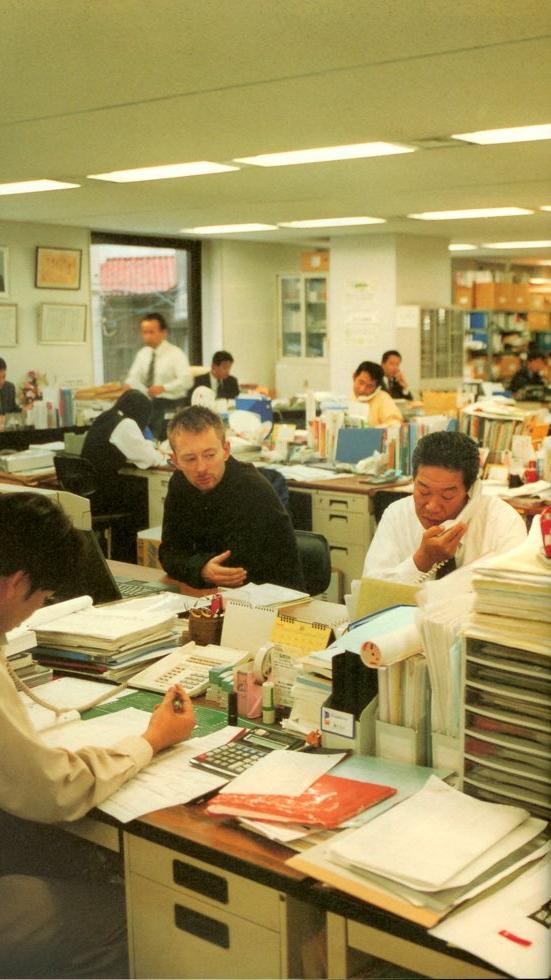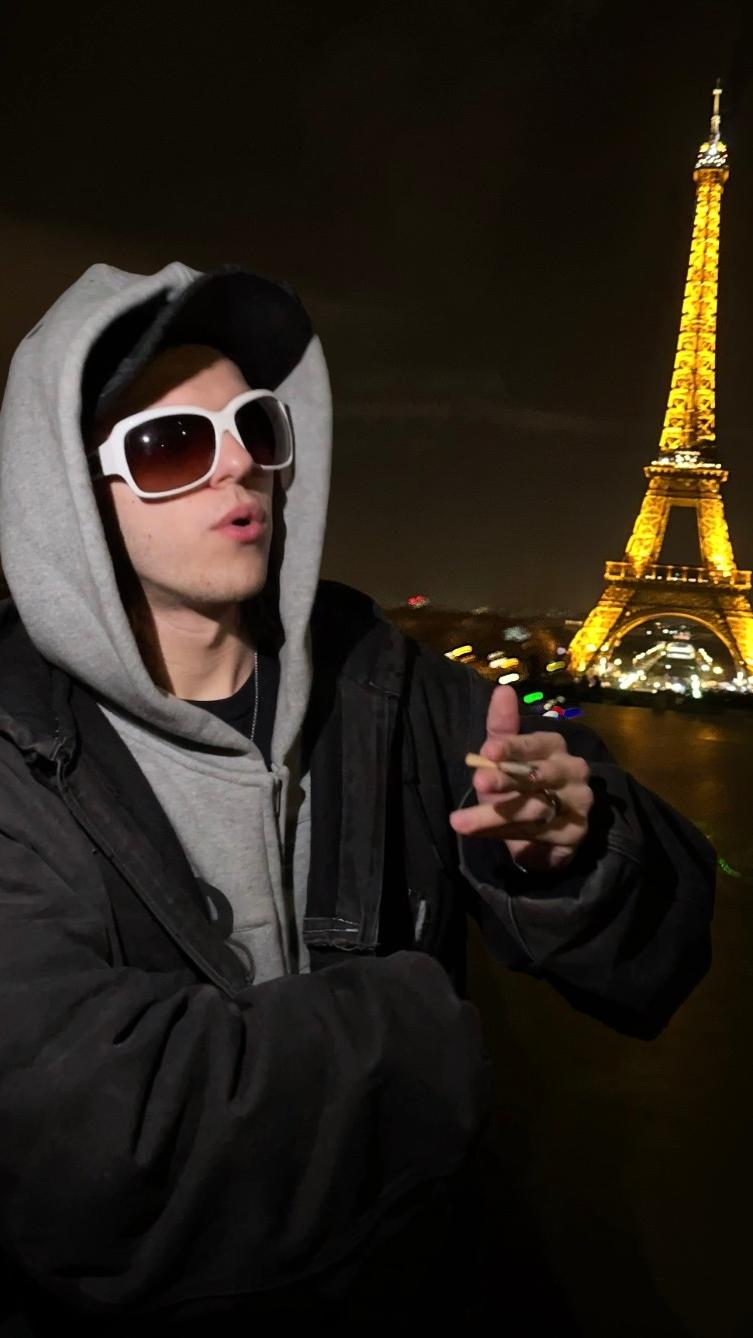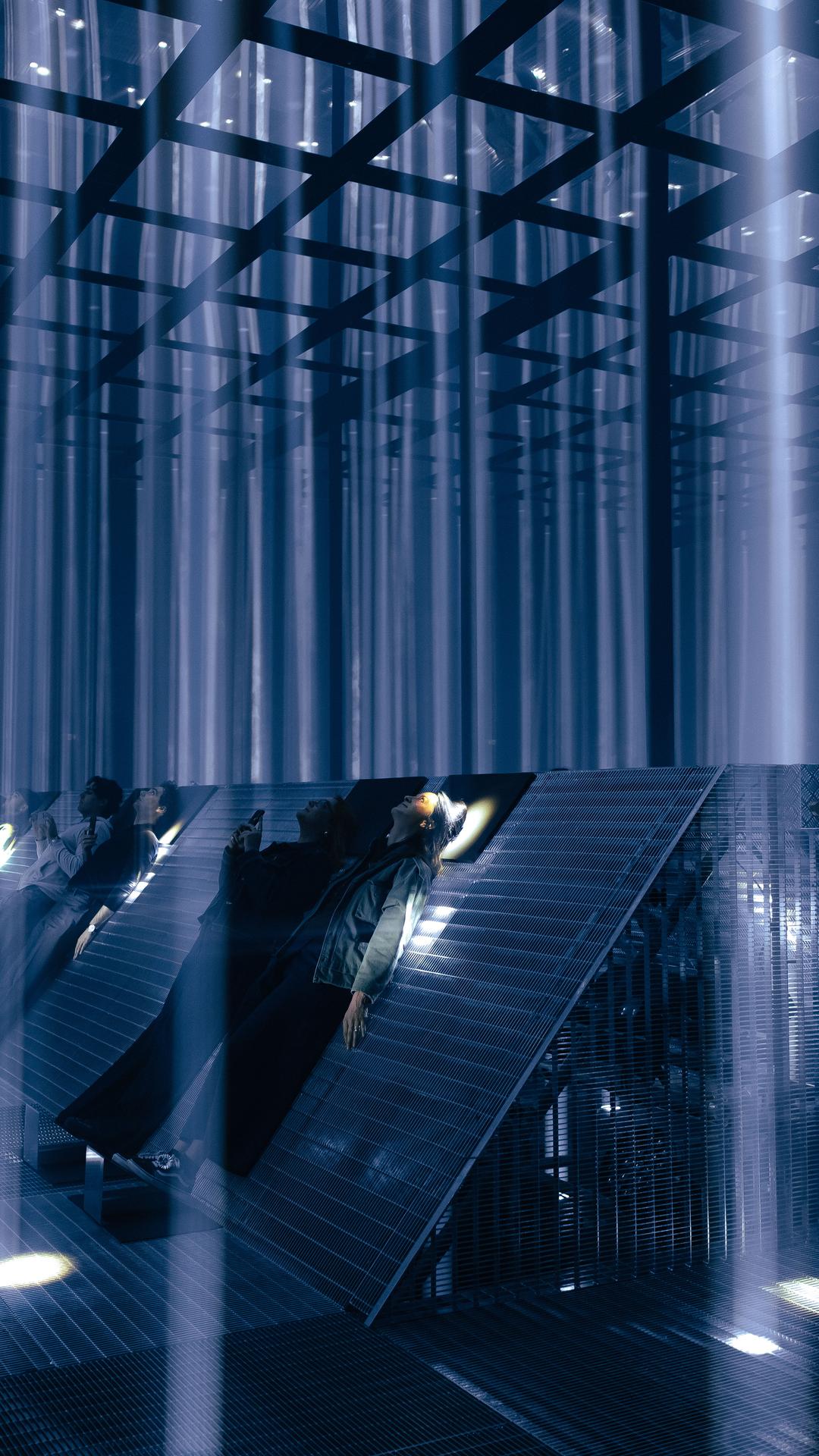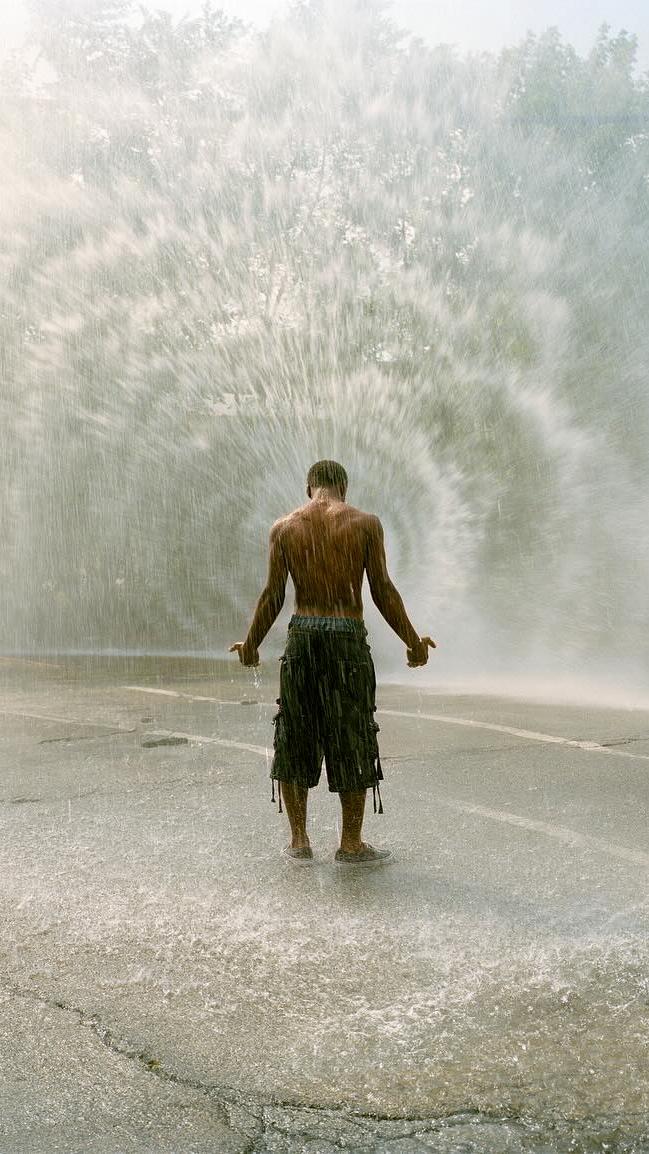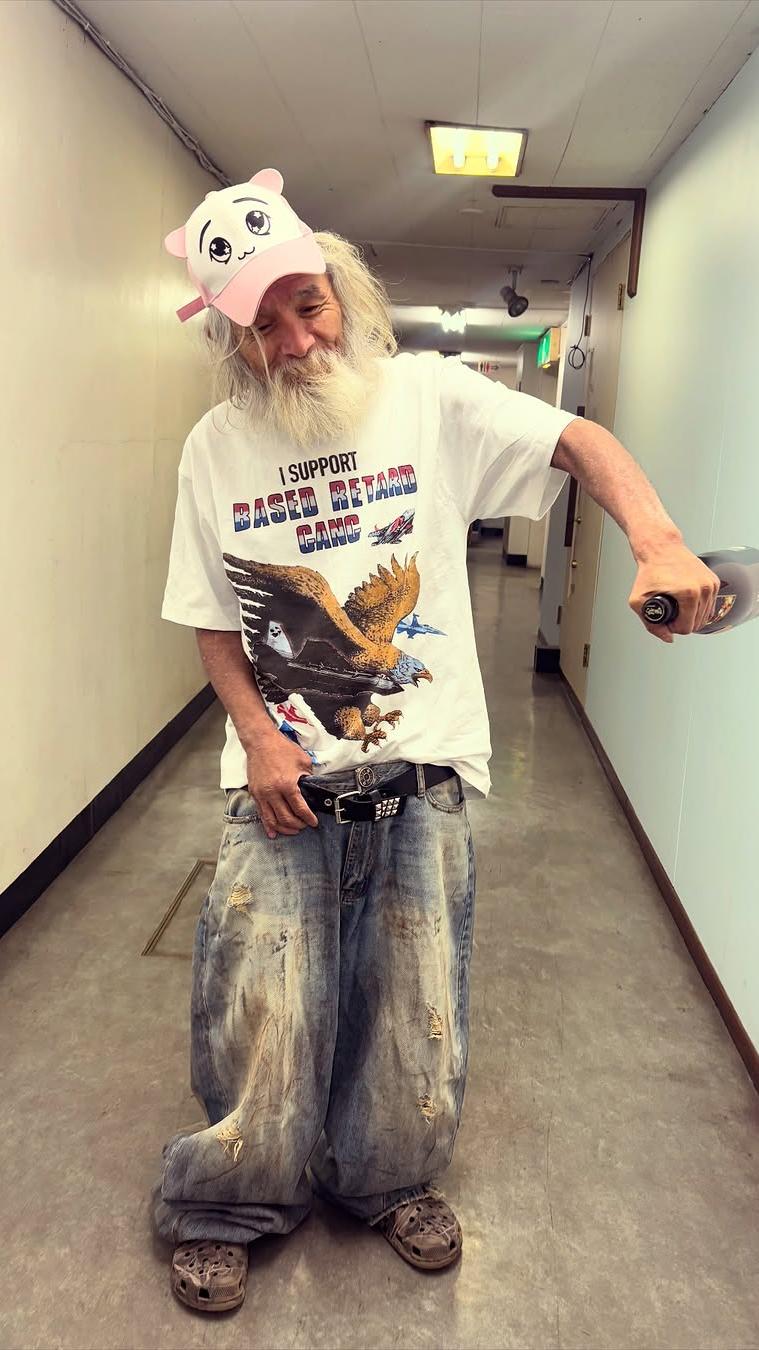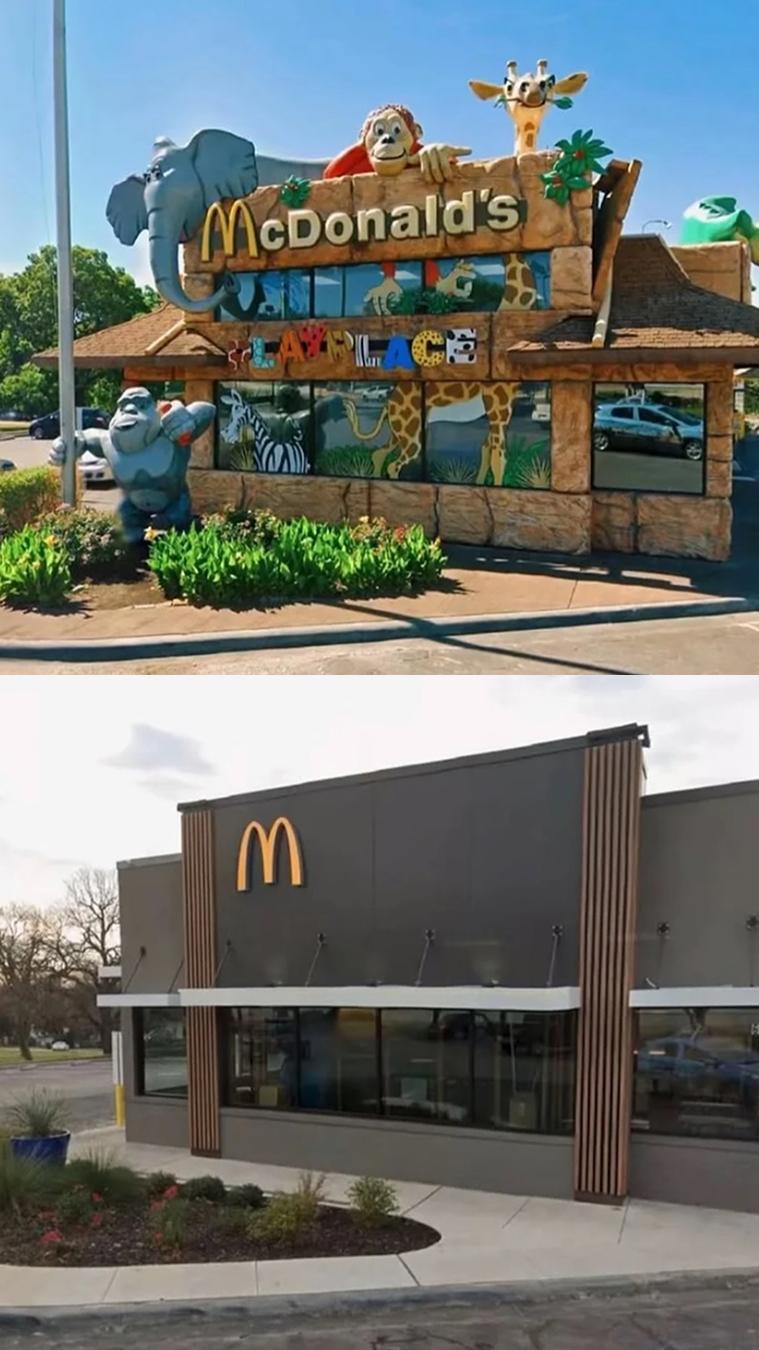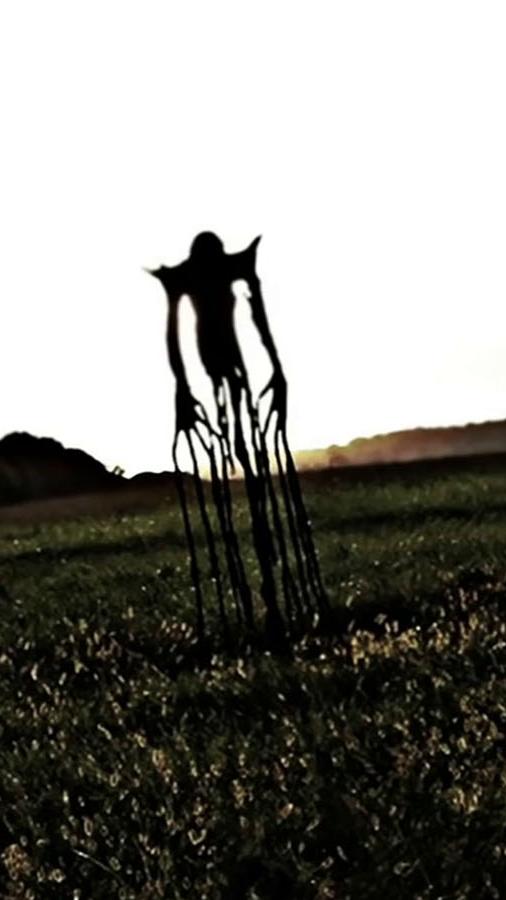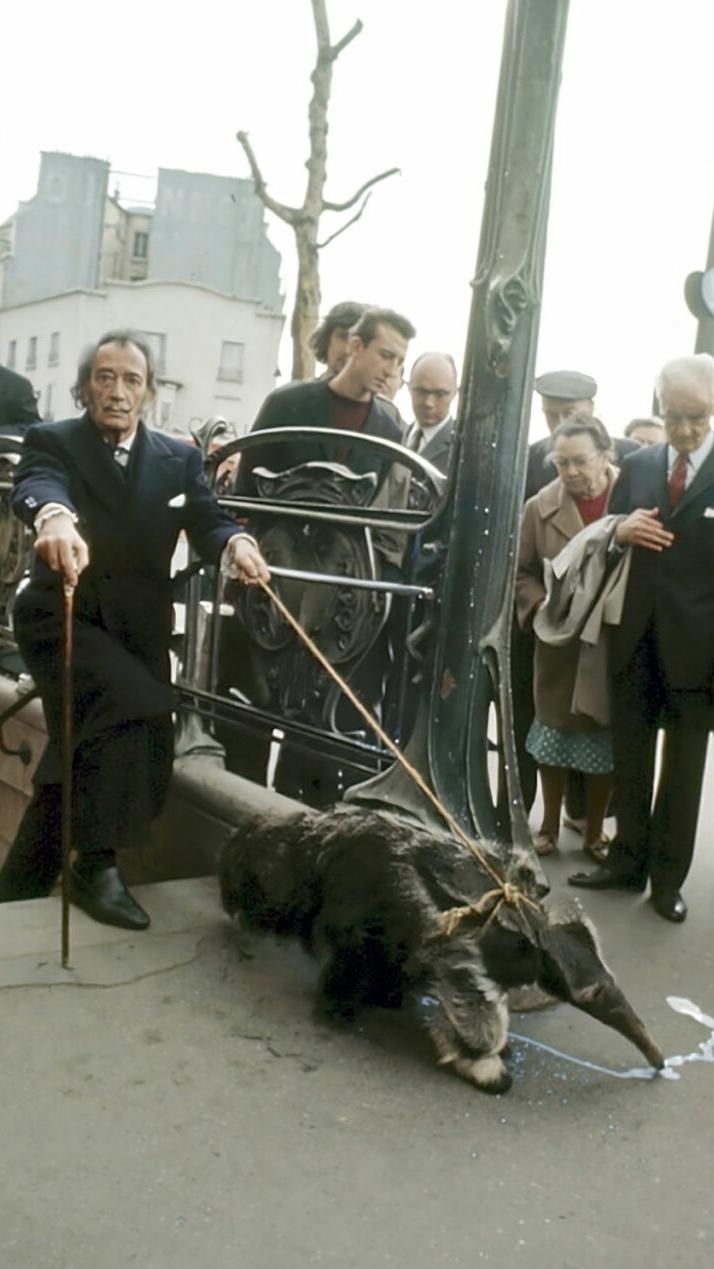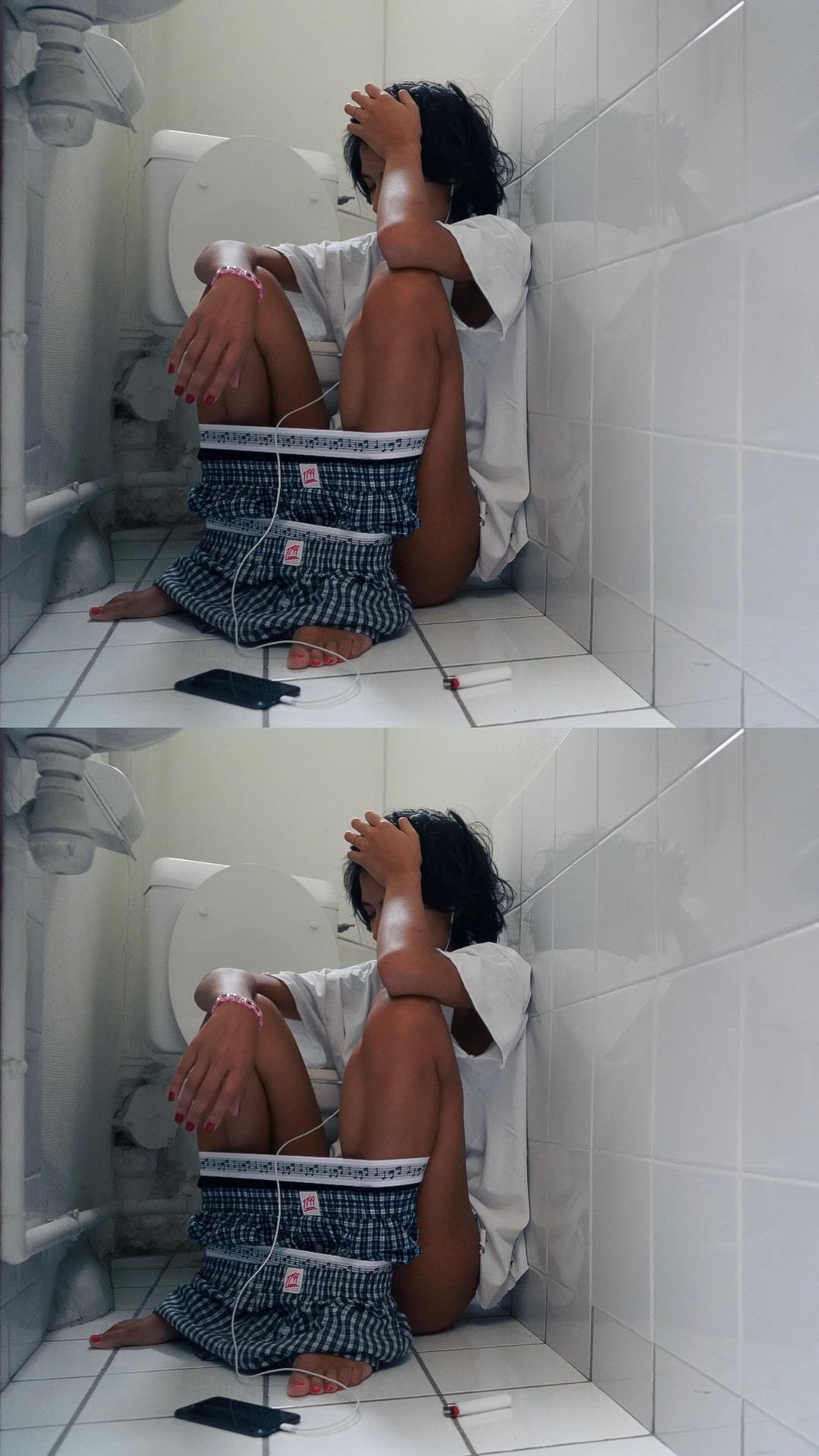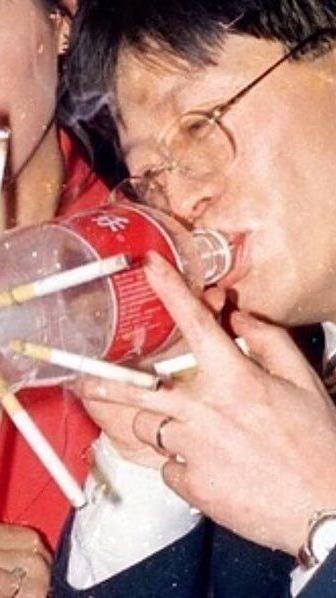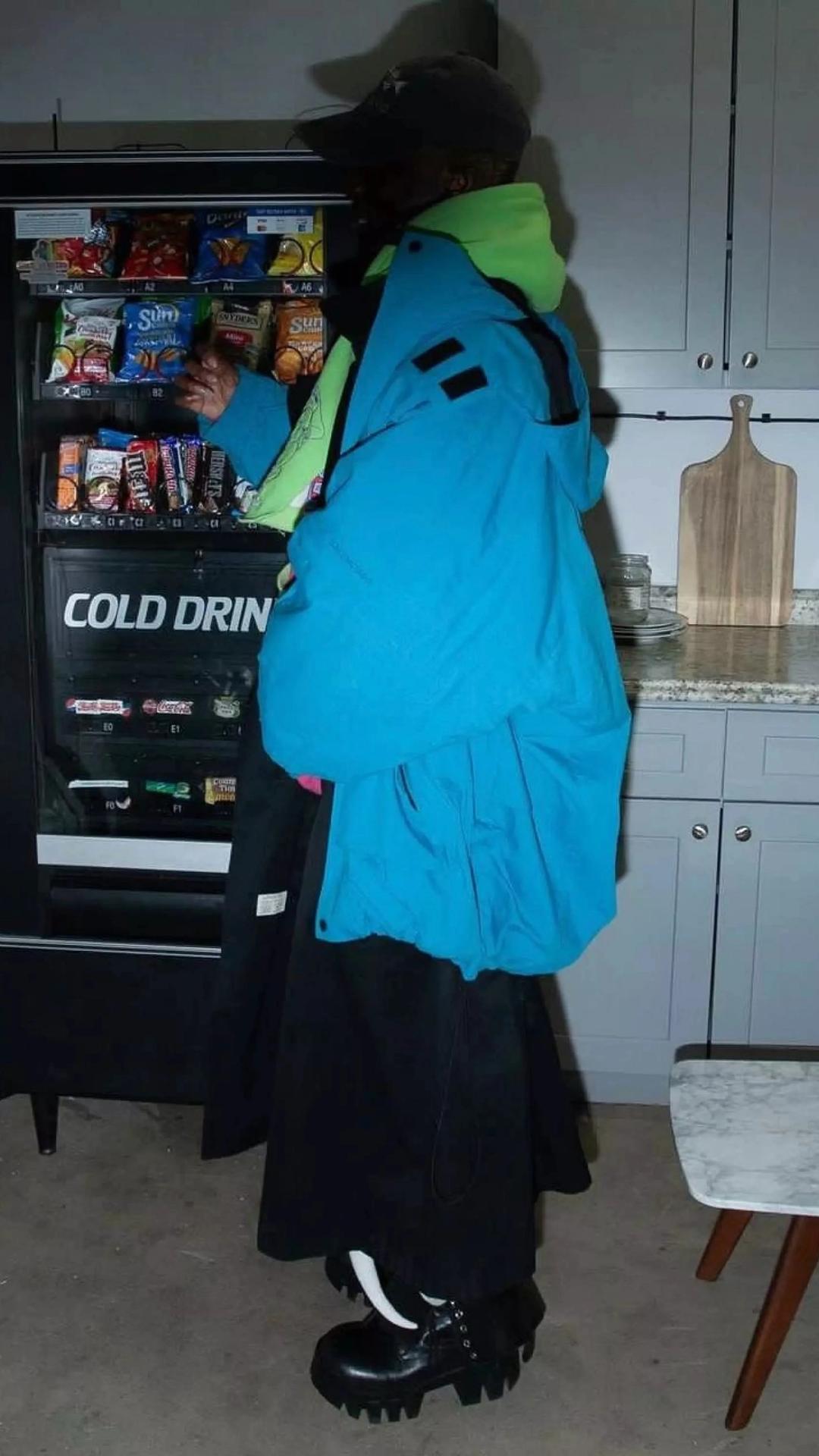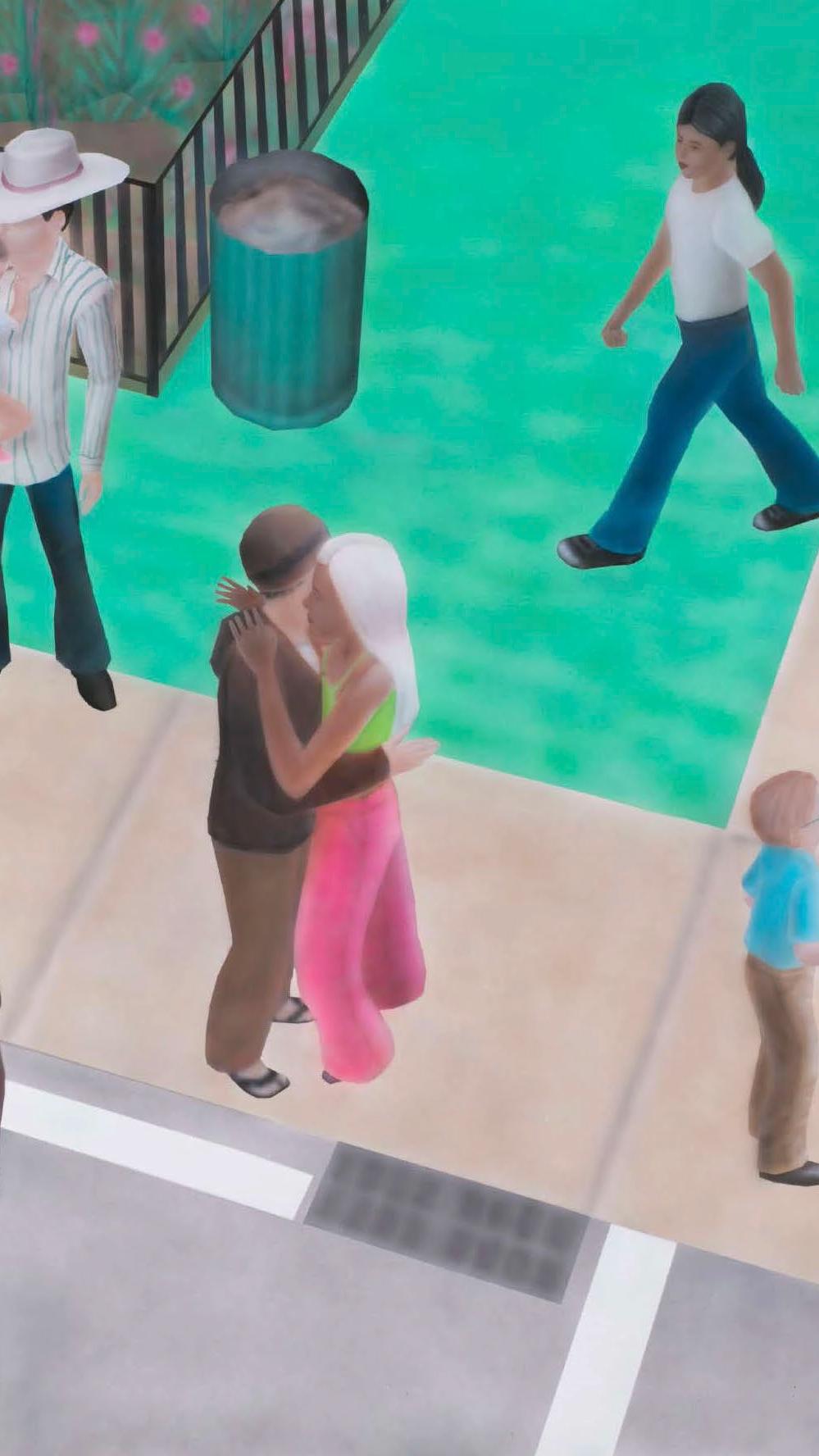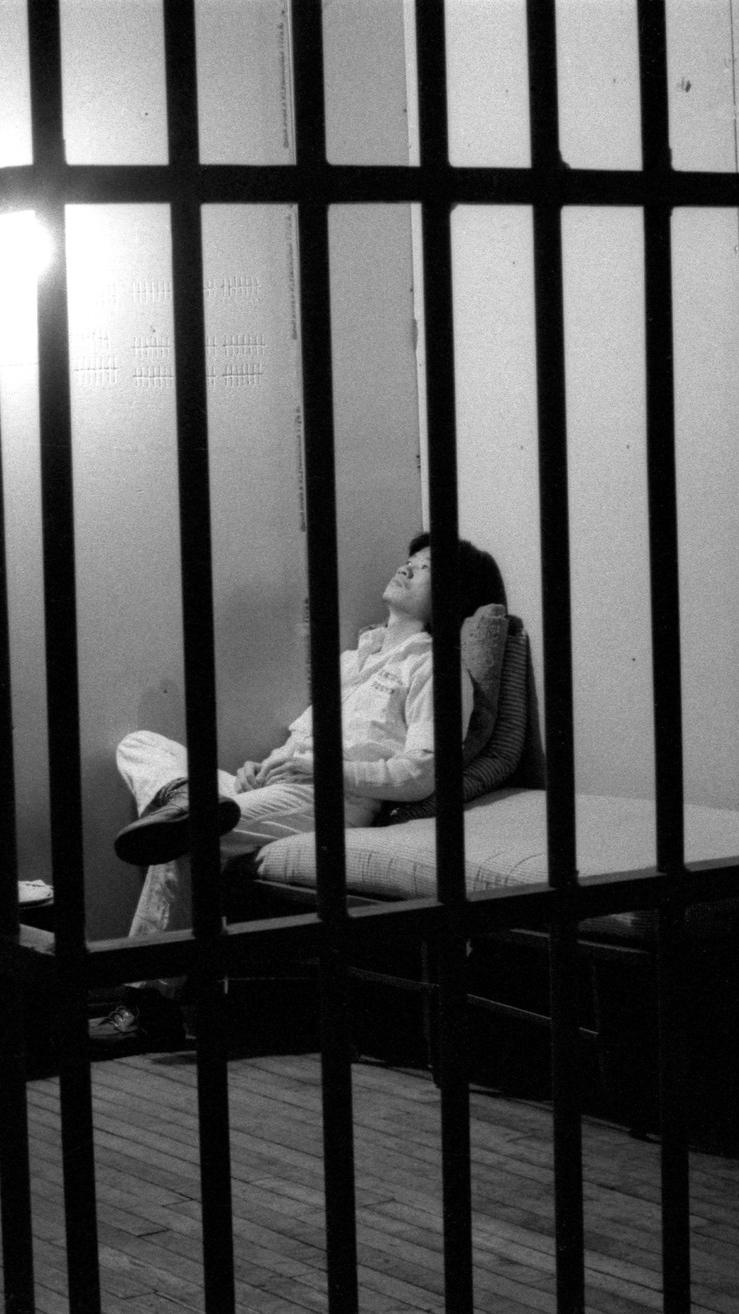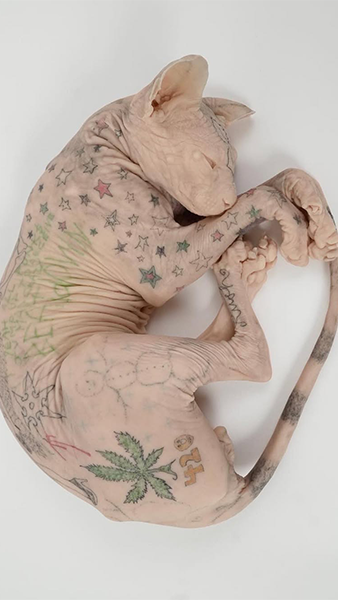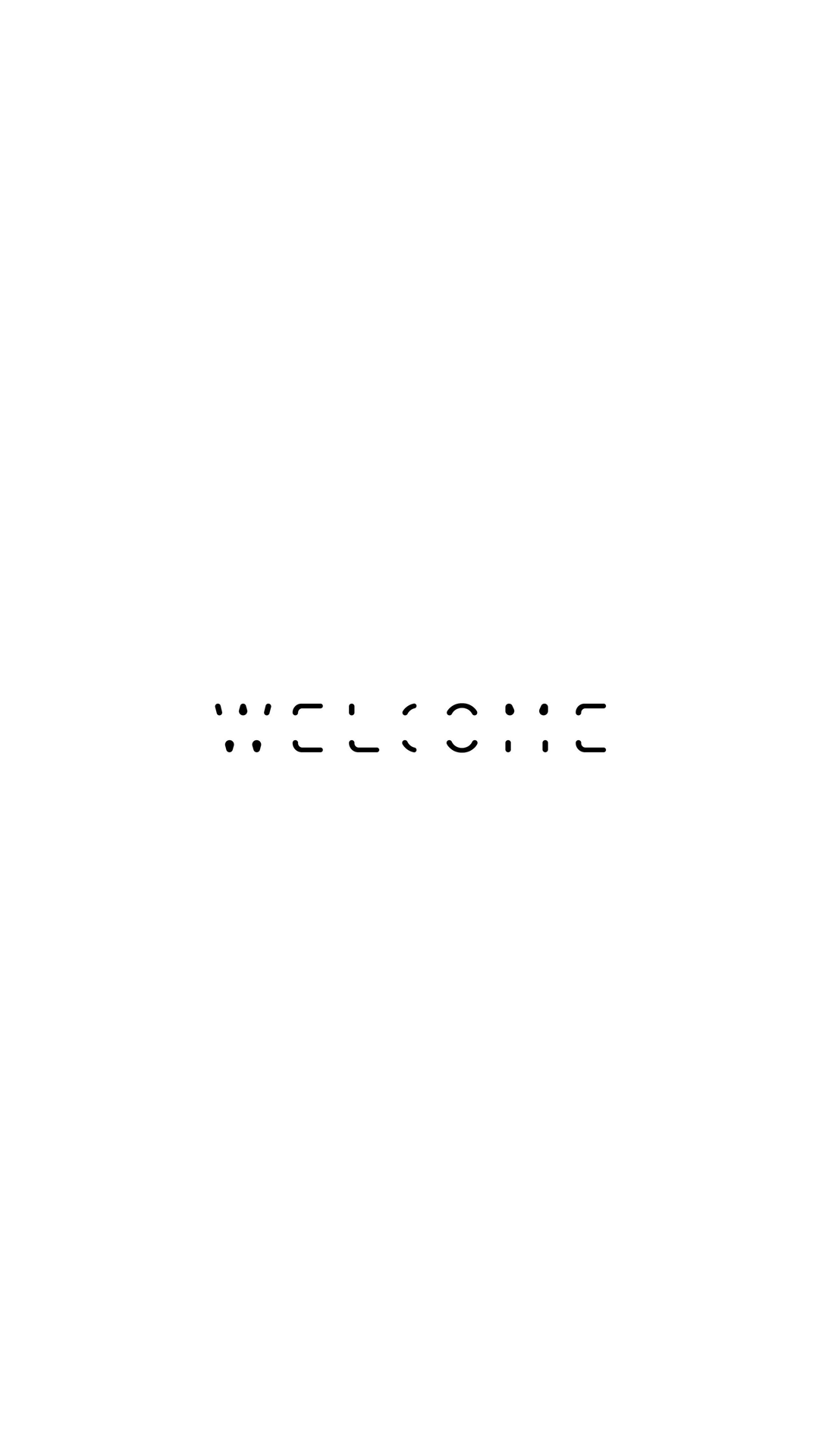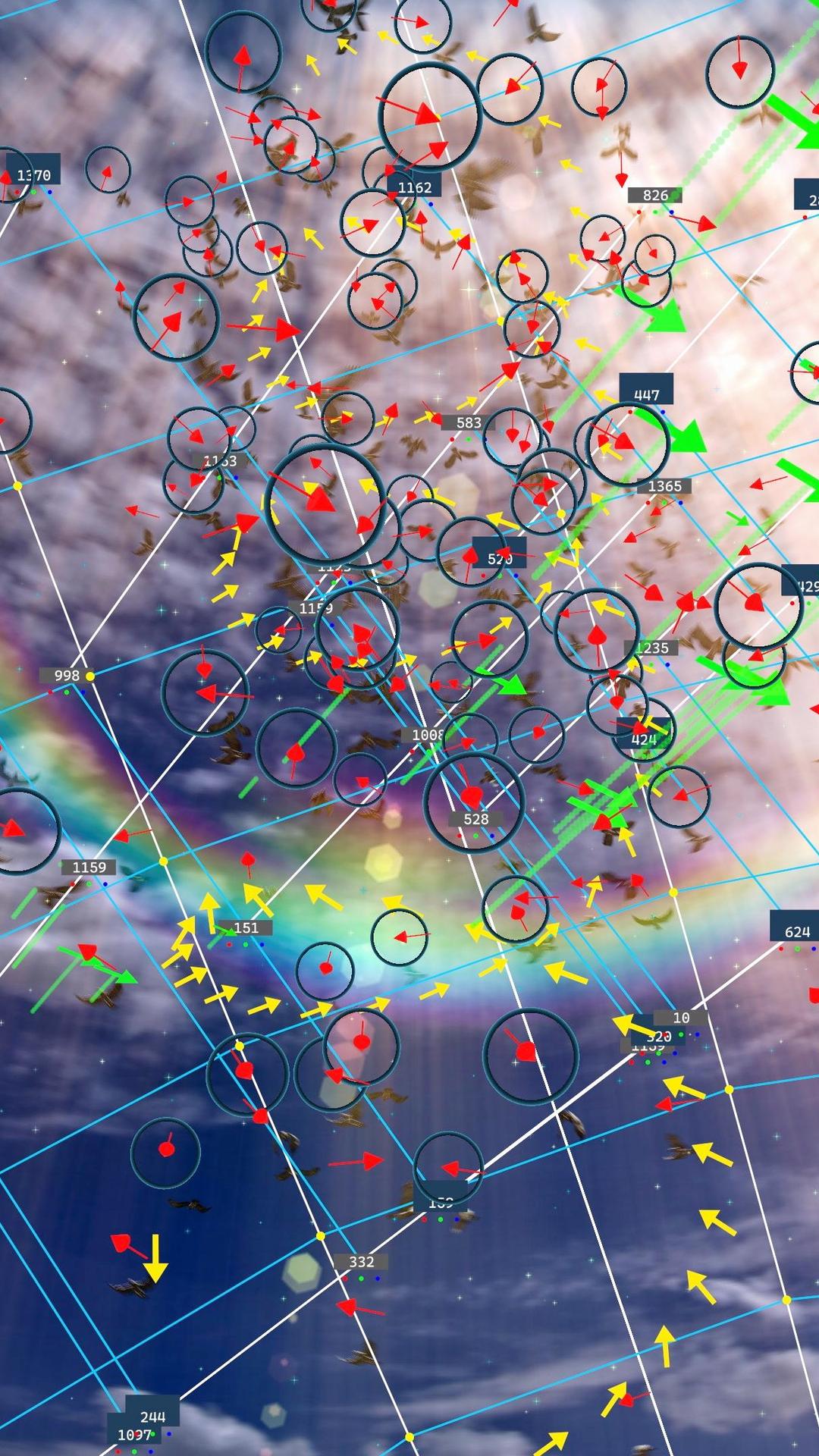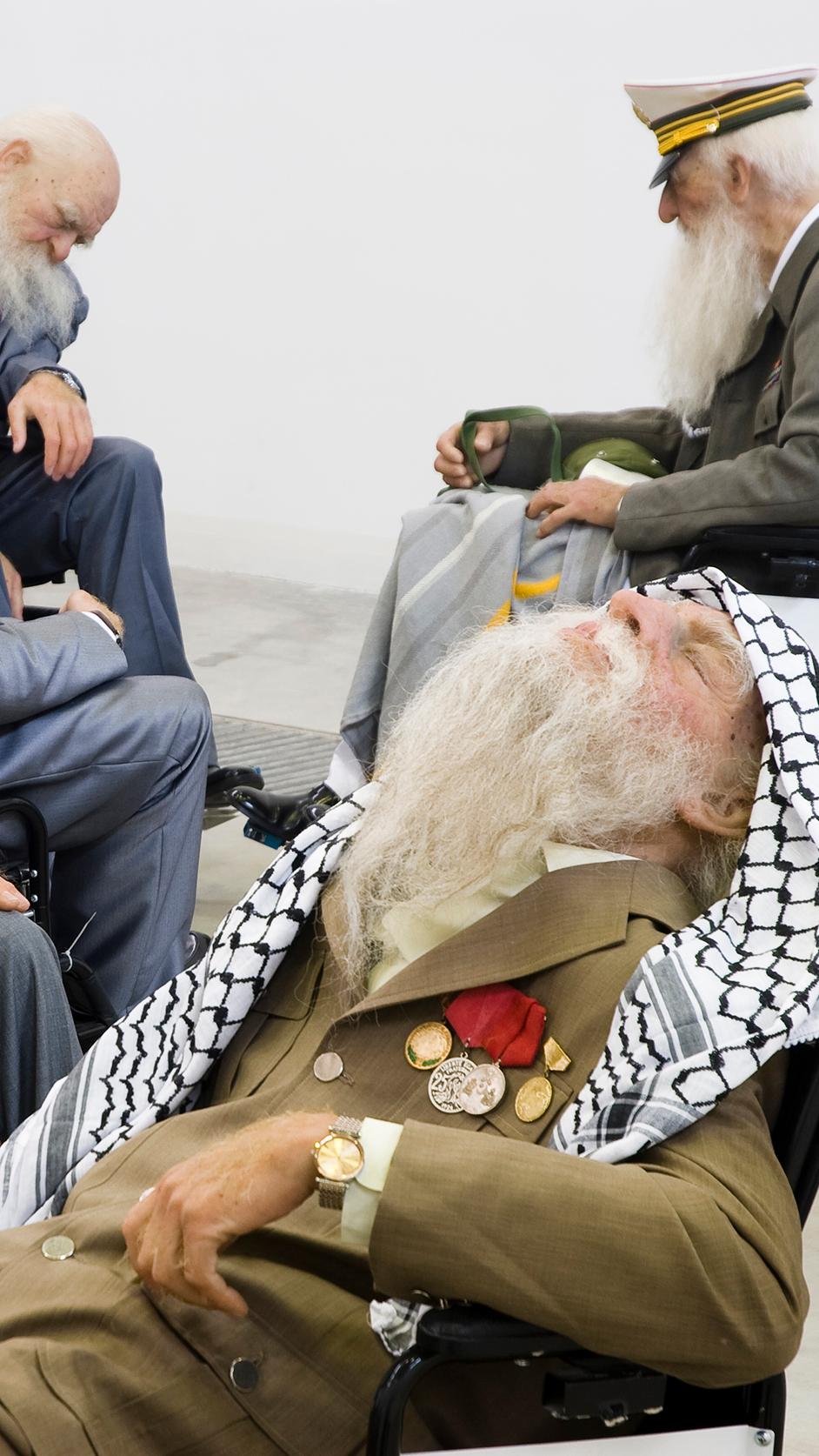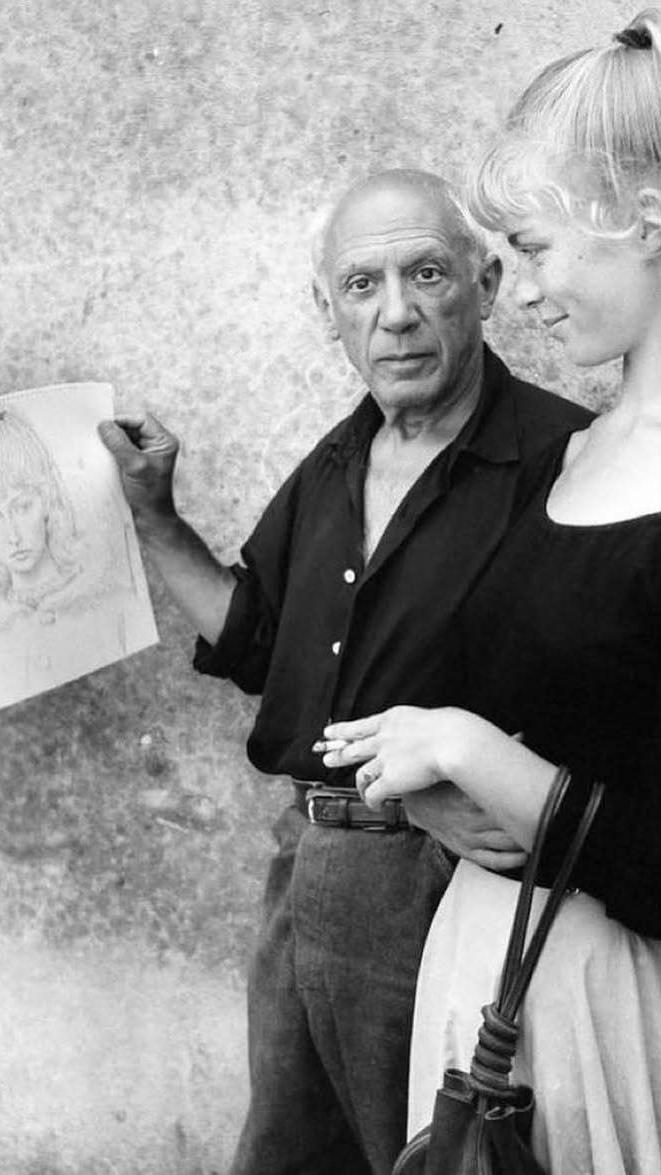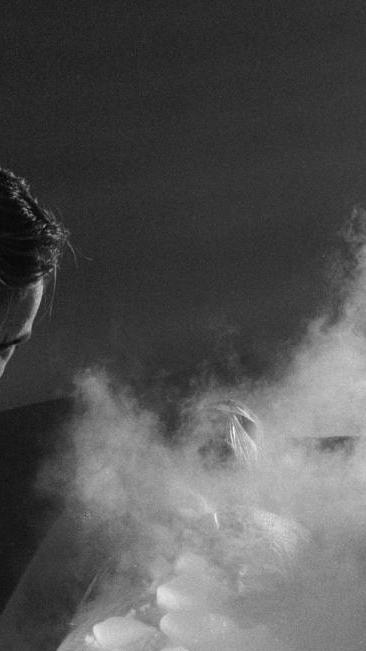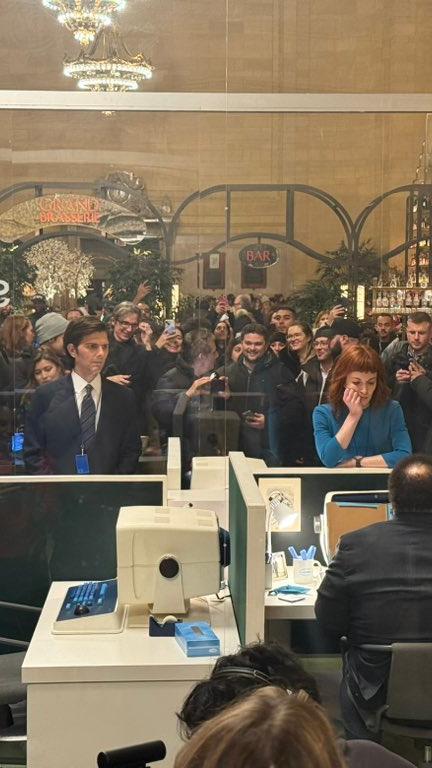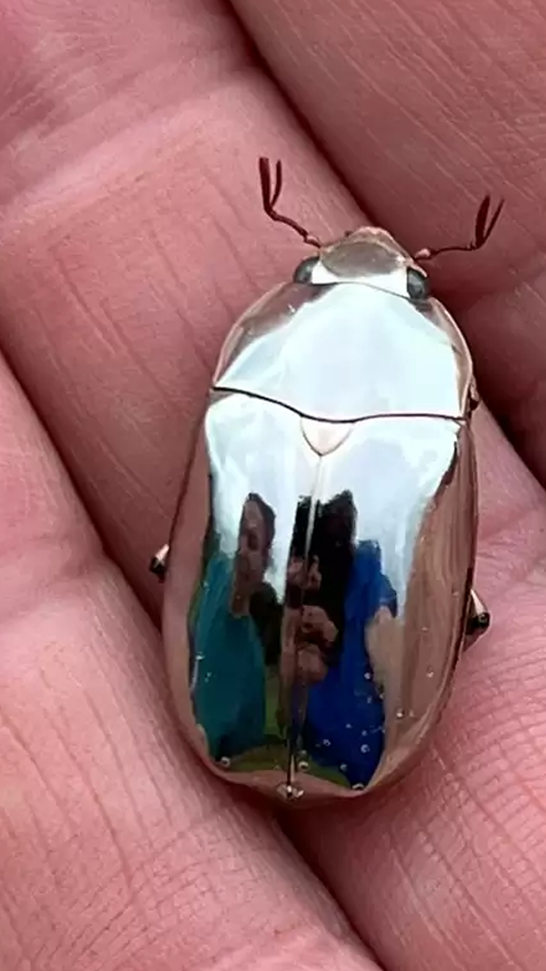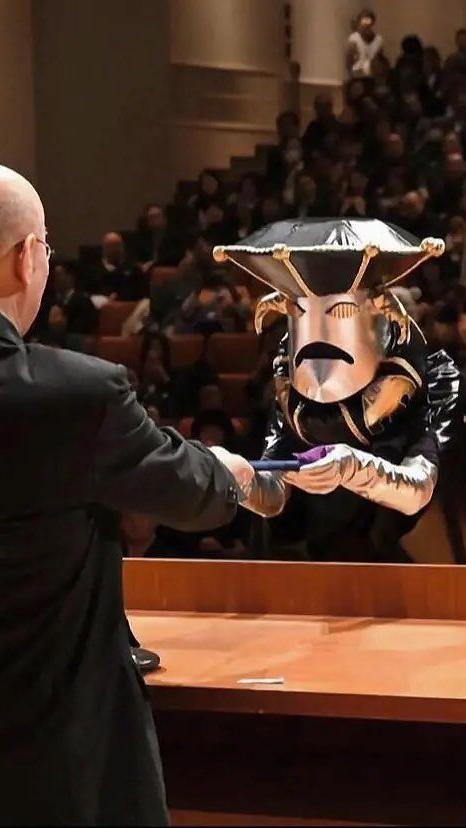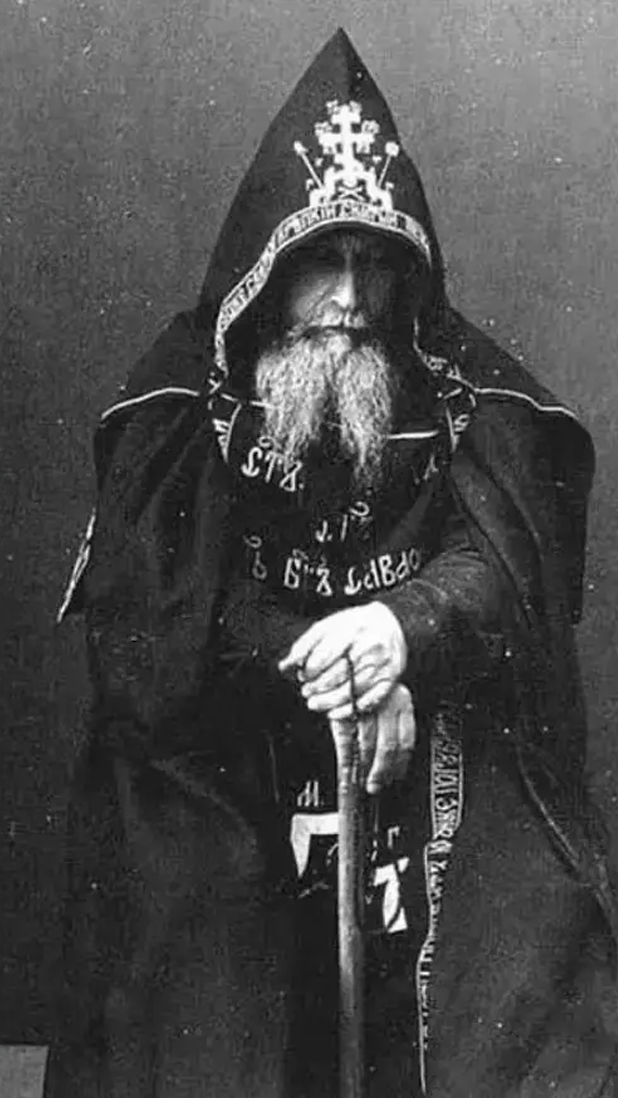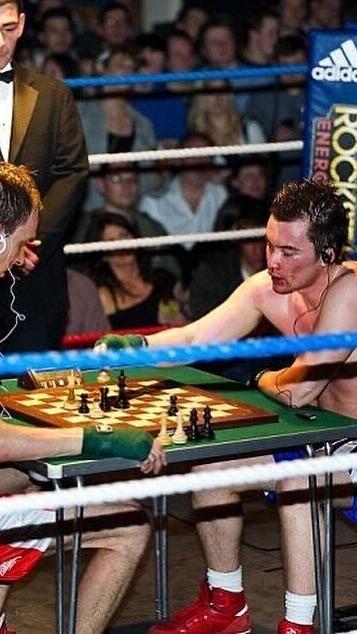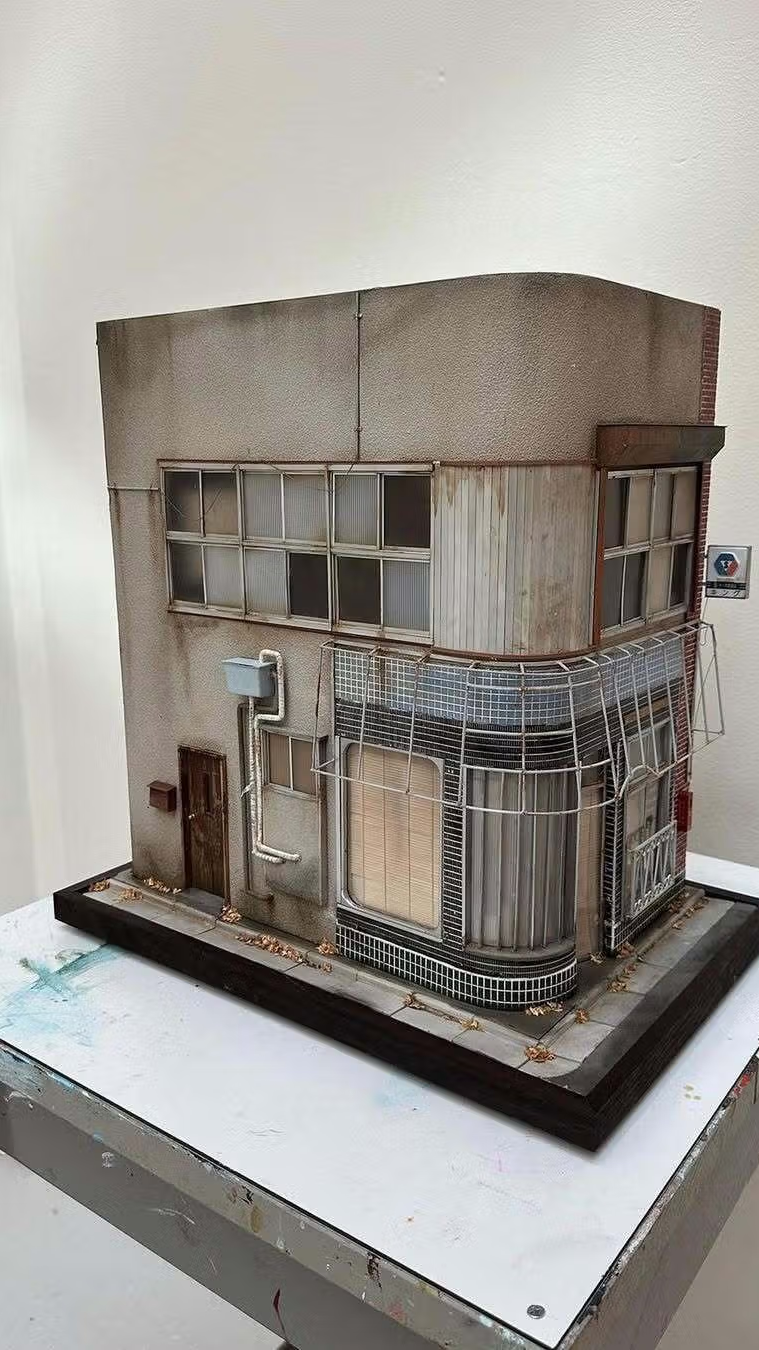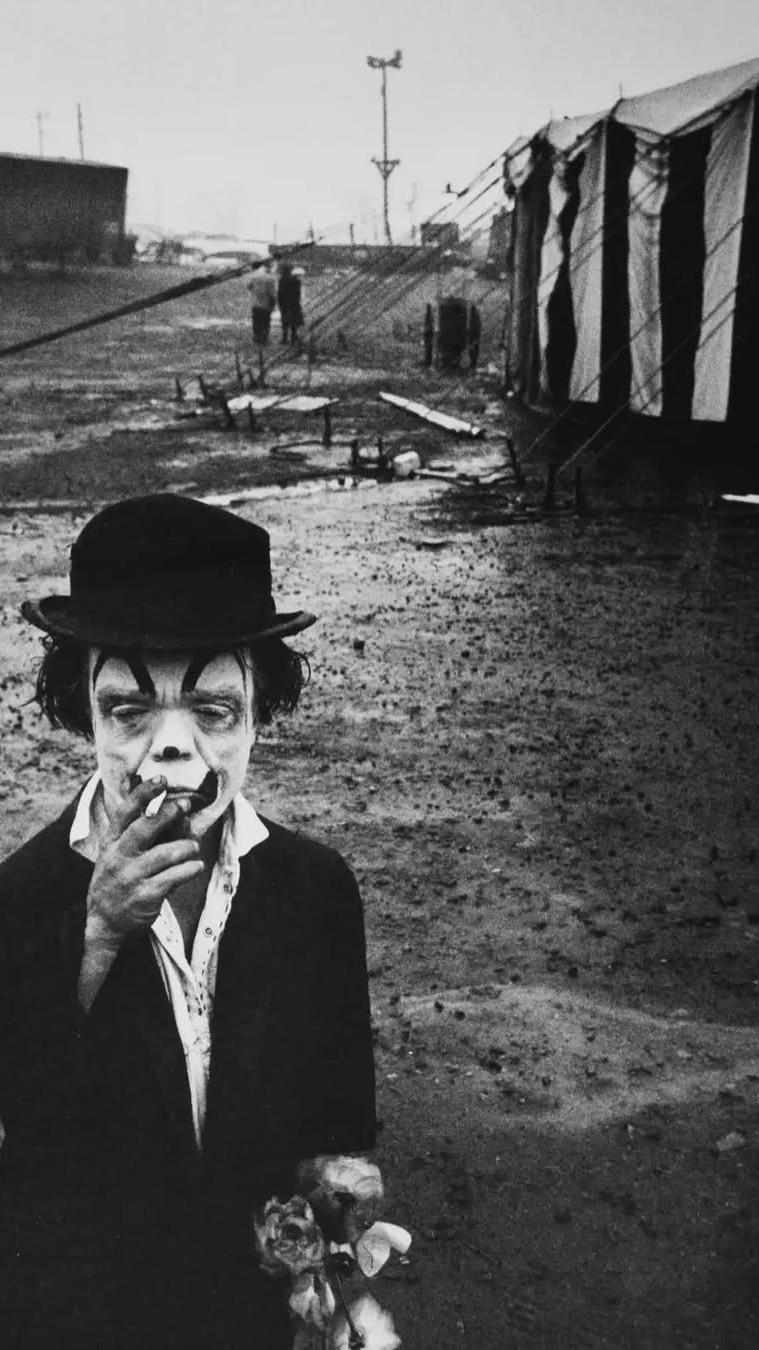The Work of Chris Cunningham
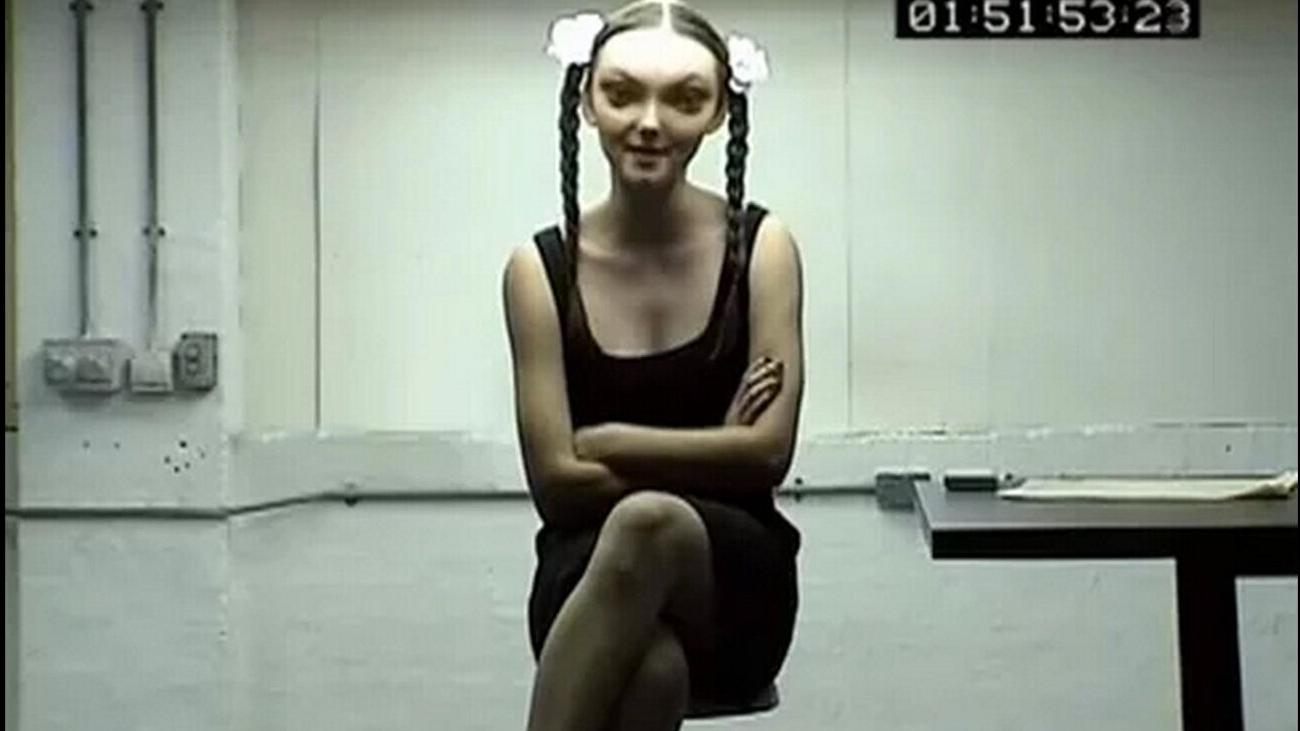
The career of Chris Cunningham is perhaps best understood as a continuous search for a more complete medium. Starting with 2D visuals, then moving to three, then adopting sound and editing, adding narrative, becoming a producer of music himself, and finally crafting multisensory installations–ever searching for greater immersion, always escaping whatever box our understanding wanted to put him in. Maybe it is this incessant experimentation that prevents Cunningham from being widely recognized as a definitive turn-of-century visual artist, a title his talent undoubtedly should earn him.
Cunningham began with the pencil. He worked as a comic book artist for several years in the early 90s under the pseudonym ‘Chris Halls’. The comics he worked on, such as 2000 AD, Alien, and Judge Dredd Megazine, lent themselves naturally to his first transition into model-making and prosthetics on a number of sci-fi films.
![[object Object]](https://cdn.sanity.io/images/7hyzopih/production/f11ff49b42658da4982a4911440d2be851bbaaf7-731x459.webp?auto=format&fit=max&q=75&w=366)
Cunningham during his Alien days
Cunningham’s work caught the eye of multiple giants in the Sci-Fi space. Stanley Kubrick personally sought him out to work on his never-finished film A.I. and William Gibson said that Cunningham was “the only person I’ve met who I thought might have a hope in hell” of adapting his novel Neuromancer to the big screen. Neither of these projects would pan out, but their run-up helped grow Cunningham’s stature.
In the mid-90s, when Cunningham started directing music videos, his vision was already a force to be reckoned with. A connection with Warp Records put Cunningham in a position to work with some of the preeminent artists of the time, such as Aphex Twin, Björk, and Madonna. These works vary greatly, but all succeed on the back of Cunningham’s hands-on expertise in production, absurd and dystopian sensibility, and formidable editing talent.
As a child, Cunningham would lay down by the speakers in his childhood home, close his eyes, and allow the music to soundtrack his imaginings. Those who have done this are probably familiar with the synchronous way in which the music affects the mind’s eye. Many of Cunningham’s music videos bear this same feeling, like a daydream being warped by sound. It’s an effect only achievable through deft editing, and careful alignment of visual action and sound, a technique sometimes referred to as ‘Mickey Mousing’.
![[object Object]](https://cdn.sanity.io/images/7hyzopih/production/6666f00fe29971f00800bee27f2431de95a243f9-1277x374.jpg?auto=format&fit=max&q=75&w=639)
A selection of stills from Cunningham's work
These videos are not always happy daydreams. In the video for Aphex Twin’s Come To Daddy, a desolate urban space built in concrete and littered with trash gets overrun with child-sized ruffians all bearing Richard James’s face. Madonna’s Frozen is a Macbeth-esque vision of witches and crows in the open desert. The visuals for Only You by Portishead have a weightless and oppressive feeling lent by their being shot partially underwater. Unsettling contortions of body to produce unfamiliar shapes cut across all three works, as well as some of his commercial work, such as his iconic Playstation and Nissan advertisements.
The treatment of the body is also a central occupation of his video for Björk’s All Is Full of Love, wherein two humanoid robots in the process of being constructed begin to kiss and grope passionately. In the Windowlicker video, Richard James’s face is again contorted into a number of disturbing masks worn by bikini-clad women.
Windowlicker was an example of Cunningham’s budding use of narrative. The video begins with a car conversation, and its most iconic scene (the entrance of the absurdly long limo) occurs before the music starts.
Decreasing reliance on a song as the boundary continued Rubber Johnny, the 2005 experimental short film that was the last collaboration between Cunningham and Aphex Twin. Cunningham himself donned the prosthetic for this video, which he initially envisioned as depicting a raver who morphed as they danced. Shot in infrared and accompanied by a chihuahua with similar head-to-body ratio as Johnny, the video is both disturbing and humorous, a feat of editing and considered by many to be Cunningham’s most complete work of this era.
A problem: “I’d have an idea for something the music didn’t really allow for,” Cunningham said in a 2012 interview. The solution was to begin to make music himself. A remix of a Gil Scott Heron song and his 2012 video, sound, and robotics installation ‘Jaqapparatus 1’ both embody this search for greater control. The latter project was the result of over 10 years of production and planning, and layered several forms of media to create an ever-evolving synesthetic environment that has been referred to as a sci-fi robot ballet.
While ‘Jaqapparatus 1’ is certainly a hypercomplex work, looking back on Cunningham’s work now, one is impressed by how much he was able to do with so little. Many of his videos take place in one setting and are composed of precise frames. In the age of the massive budget mini-movie music video with the ensemble cast, Cunningham’s work reminds us that true artistic talent often lies in the subtleties, and that careful treatment of form and deft editing can extract moments of magic and defamiliarity from simple compositions.

